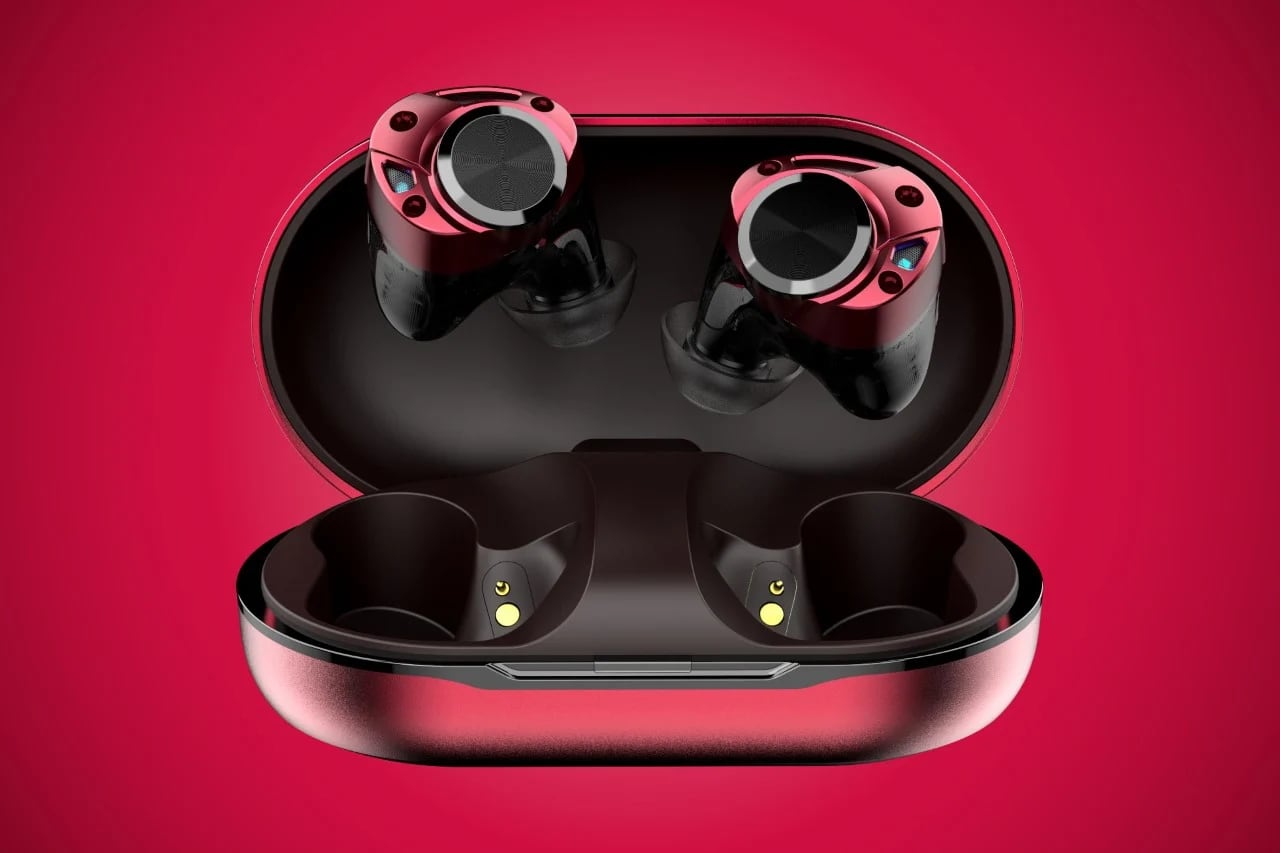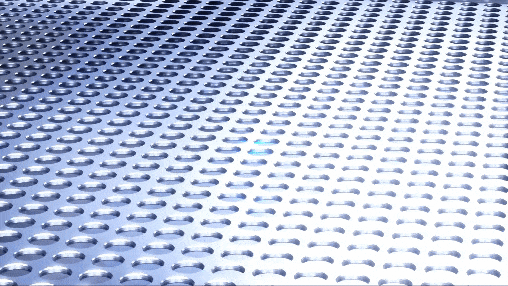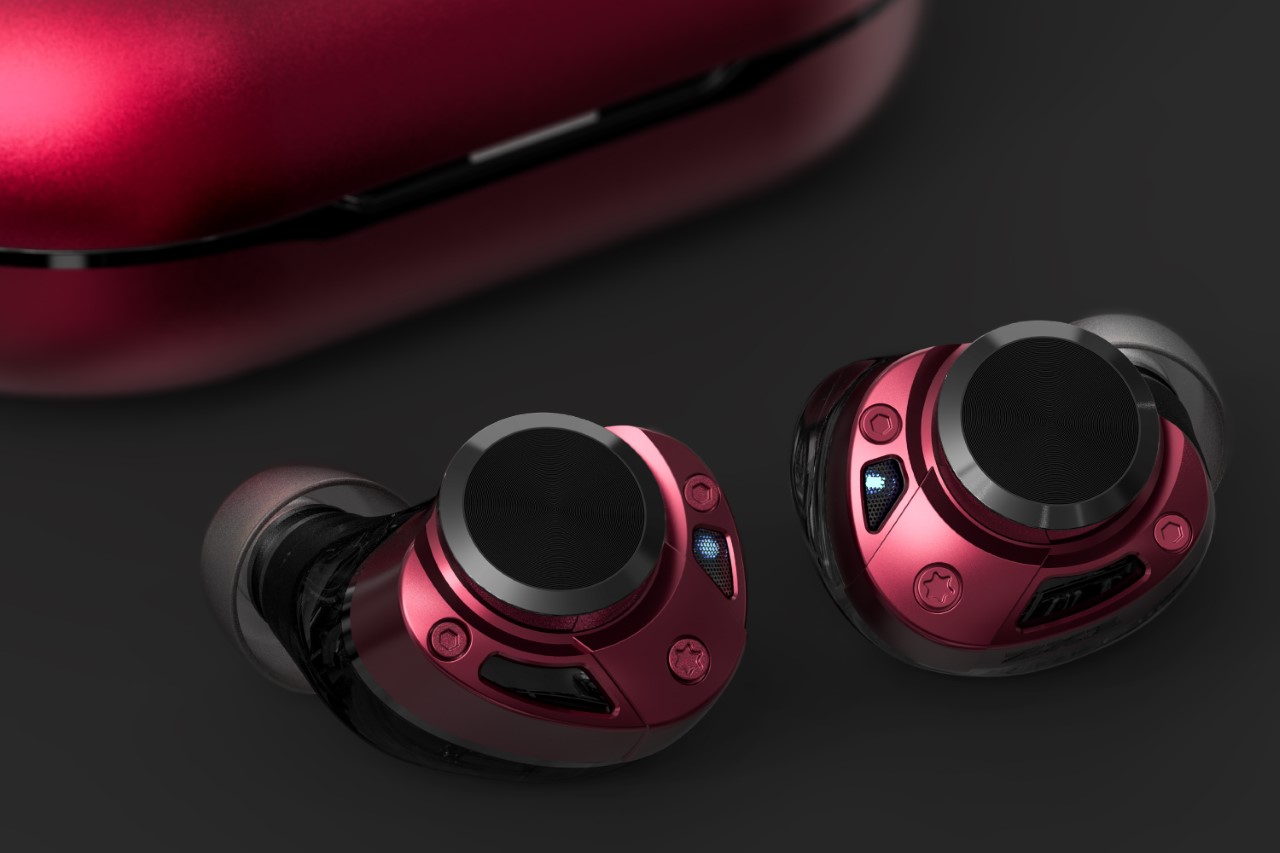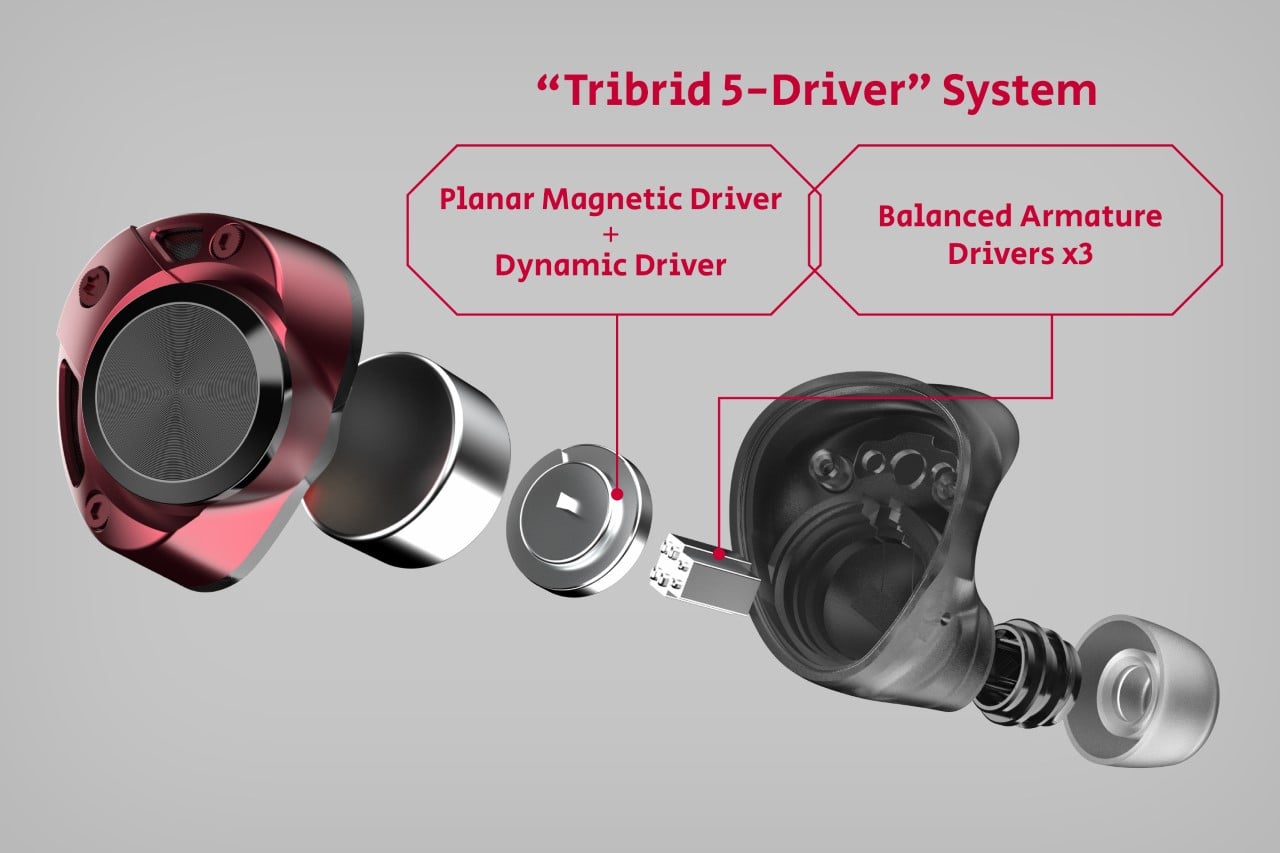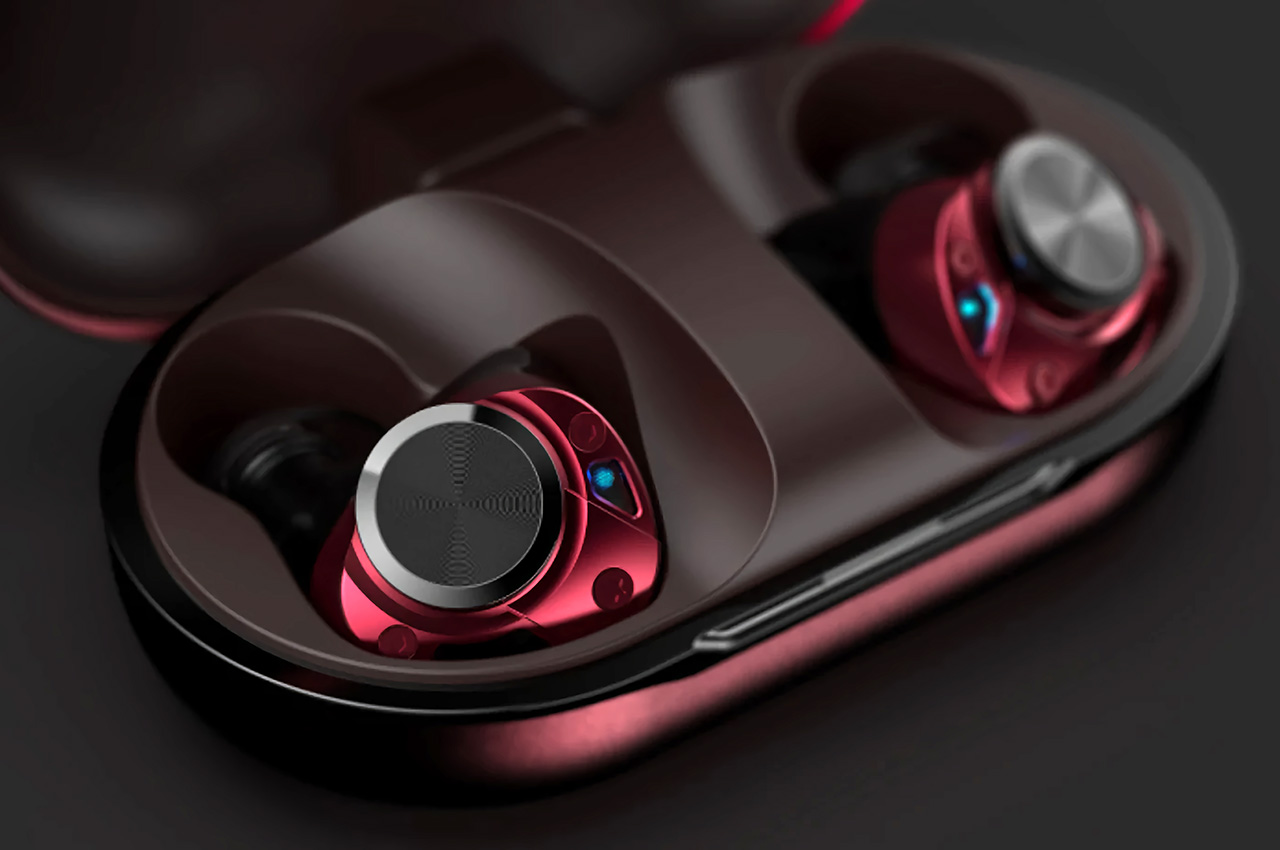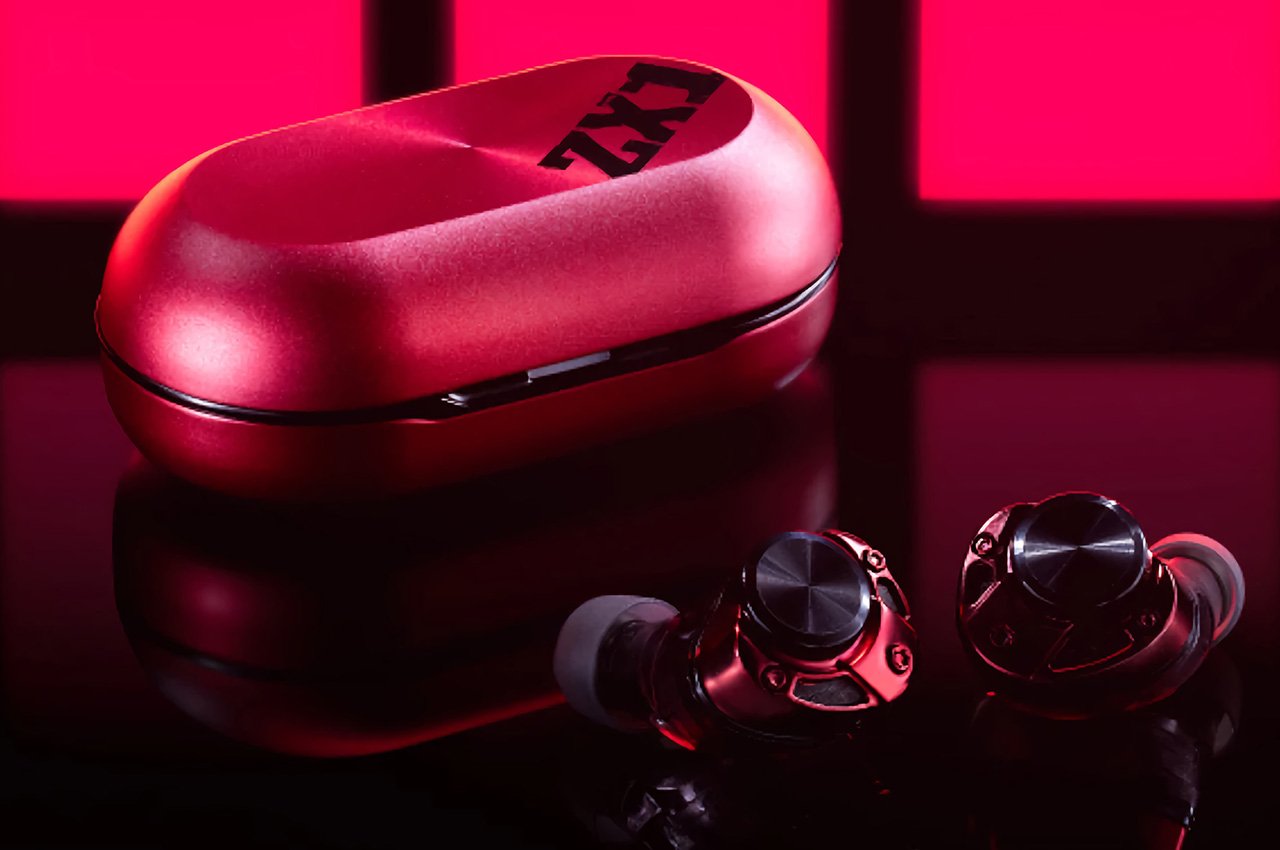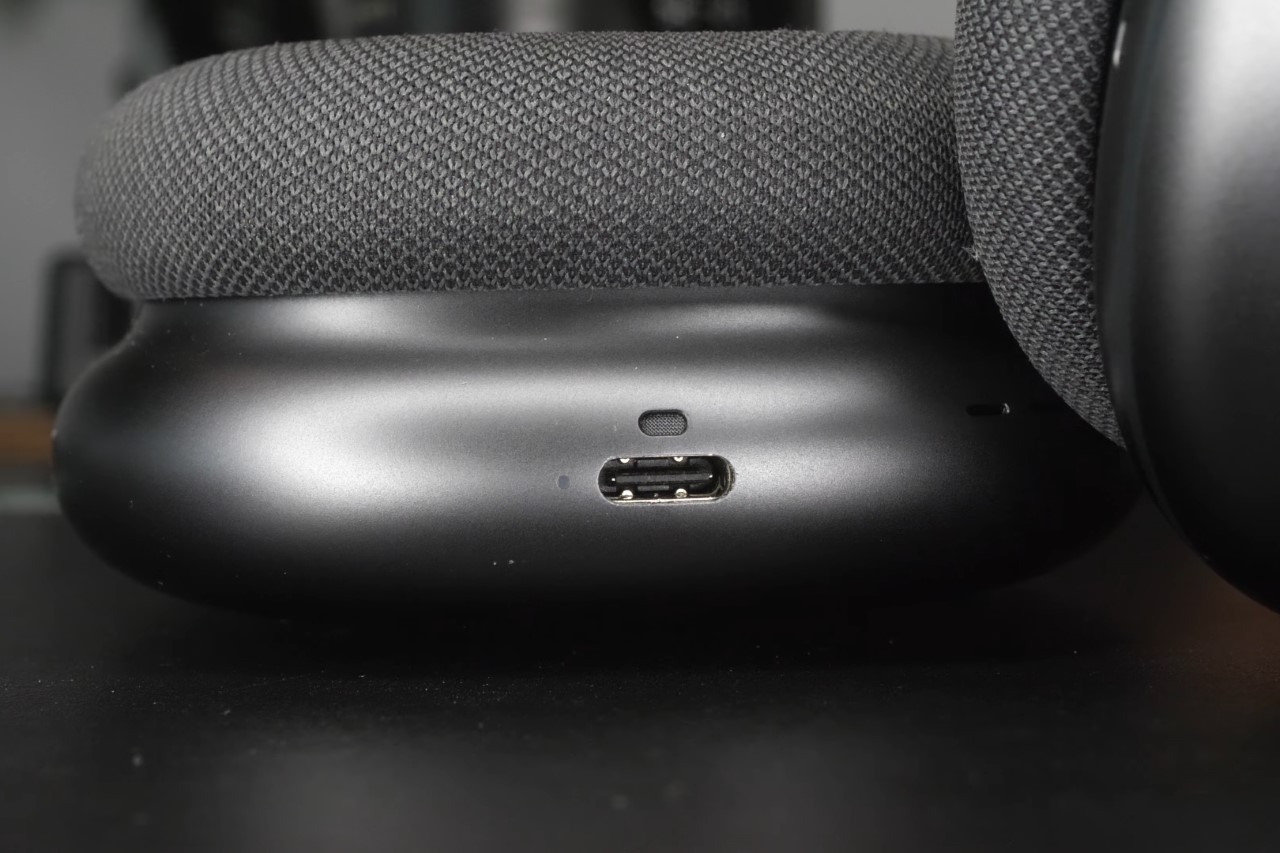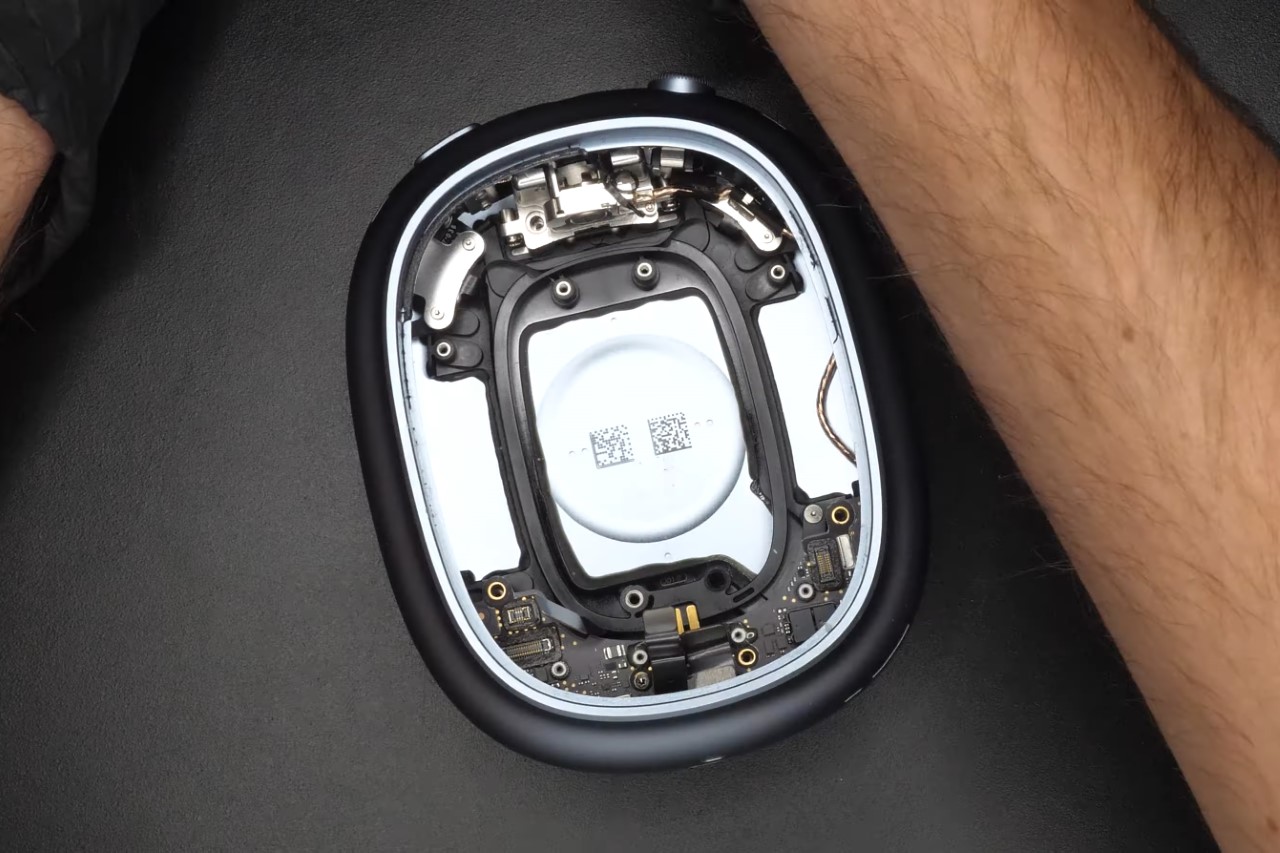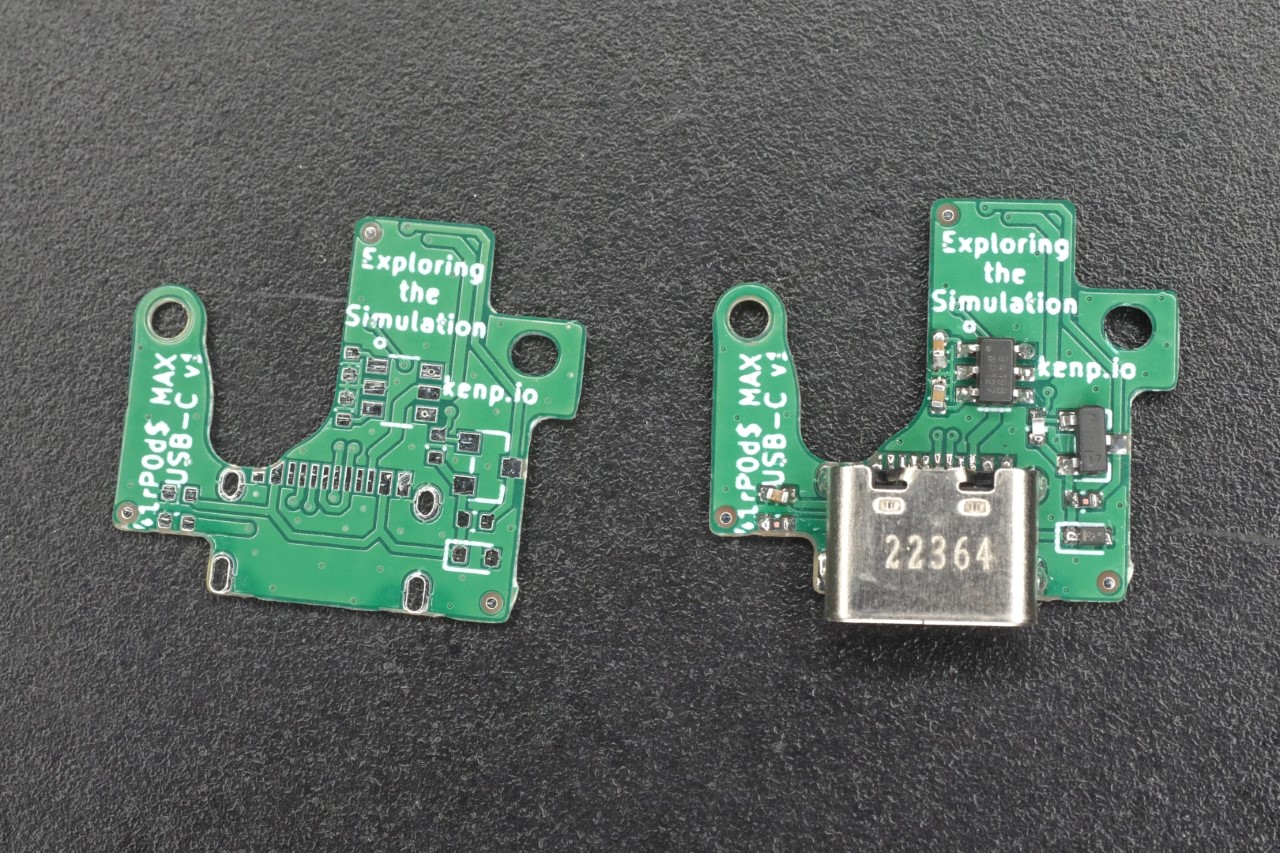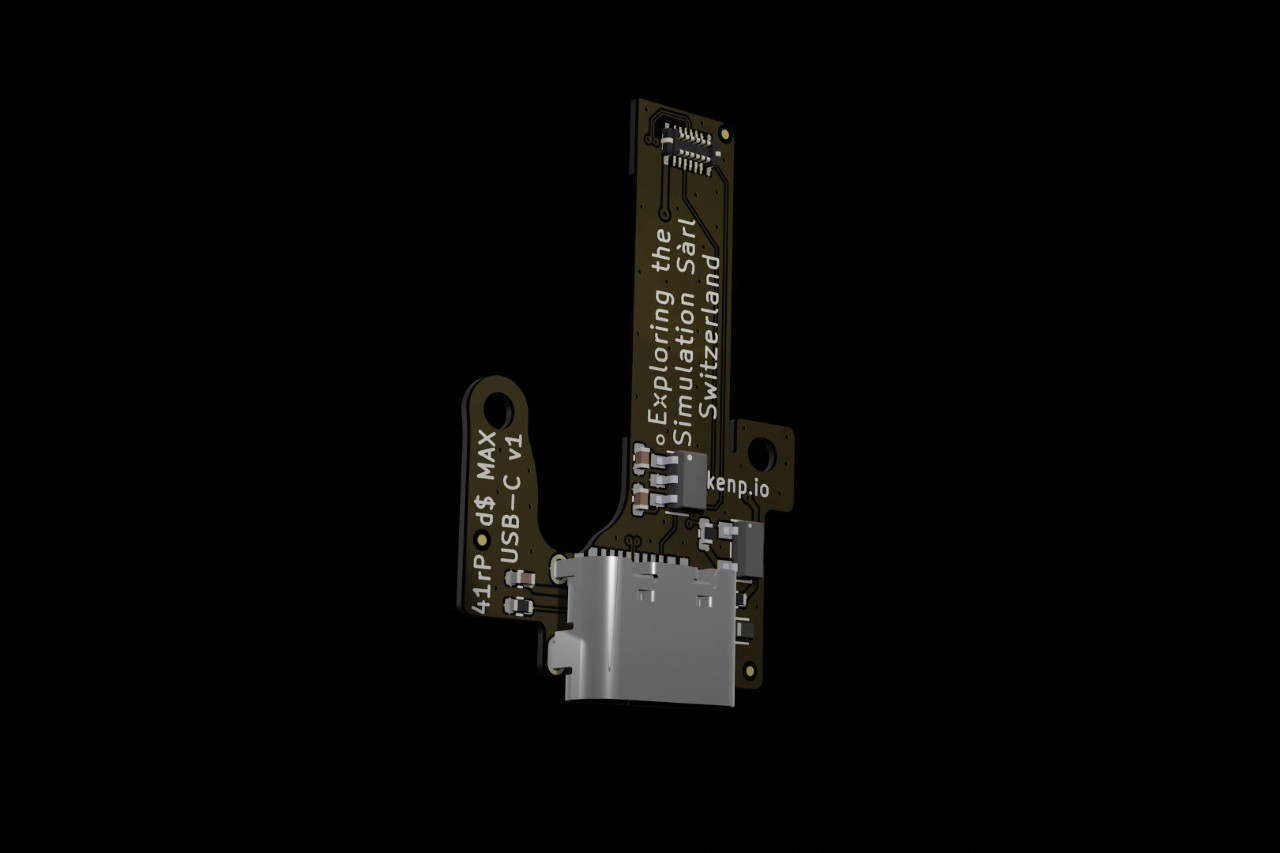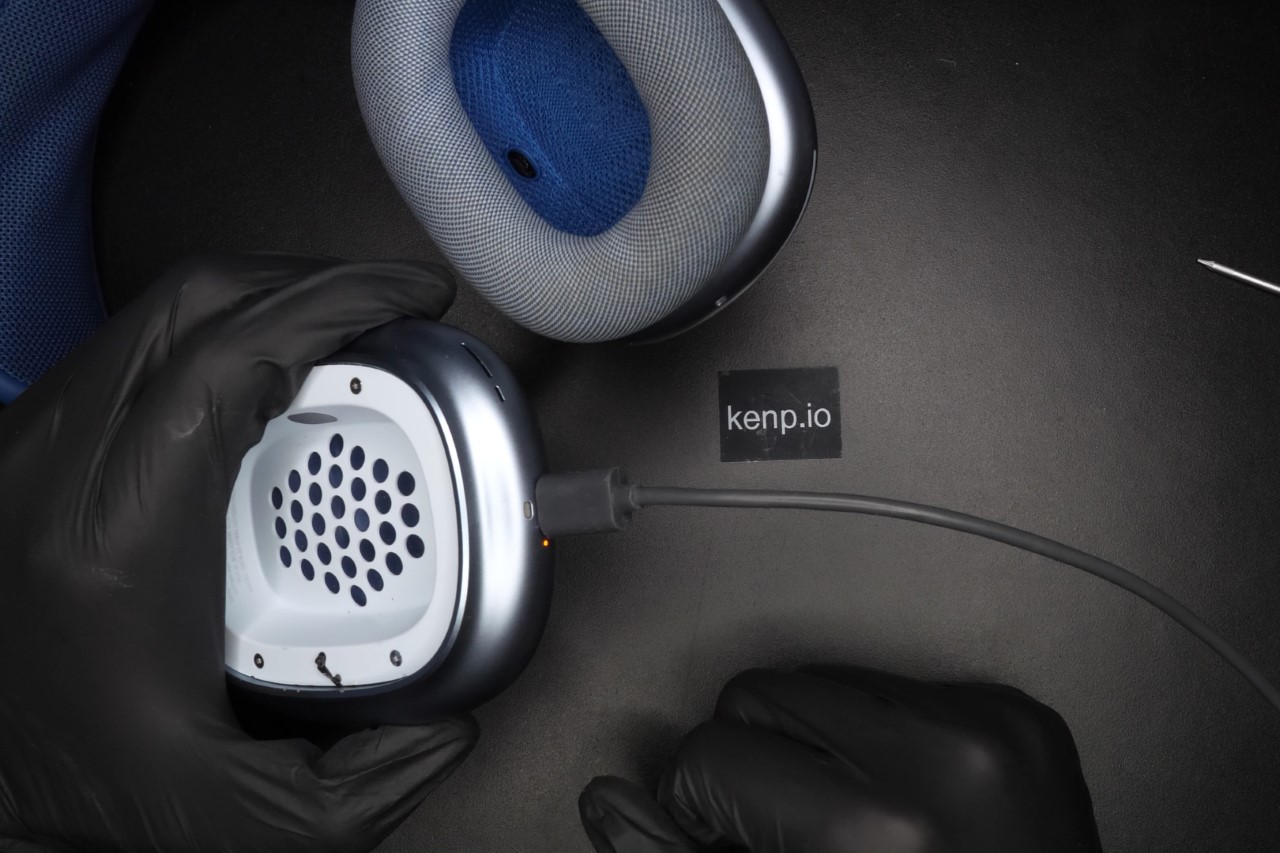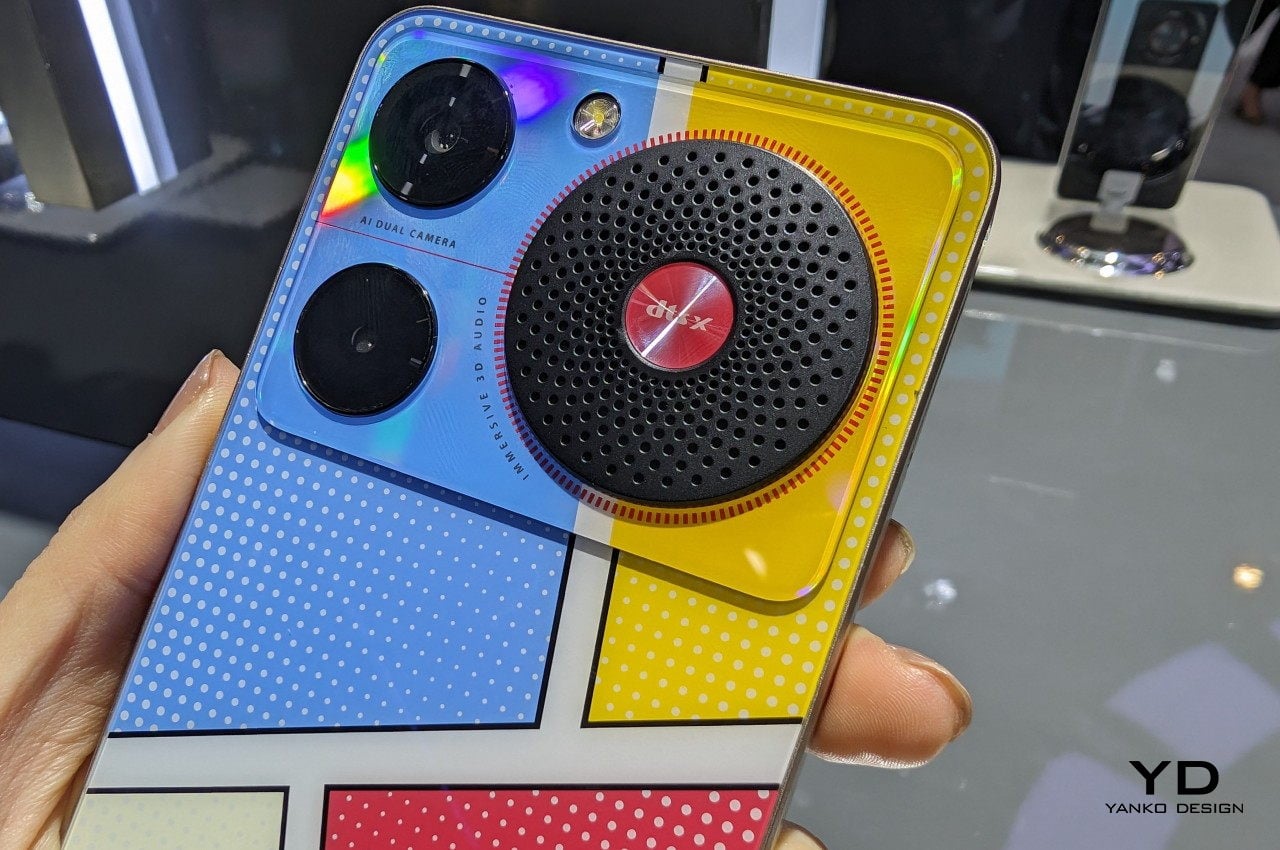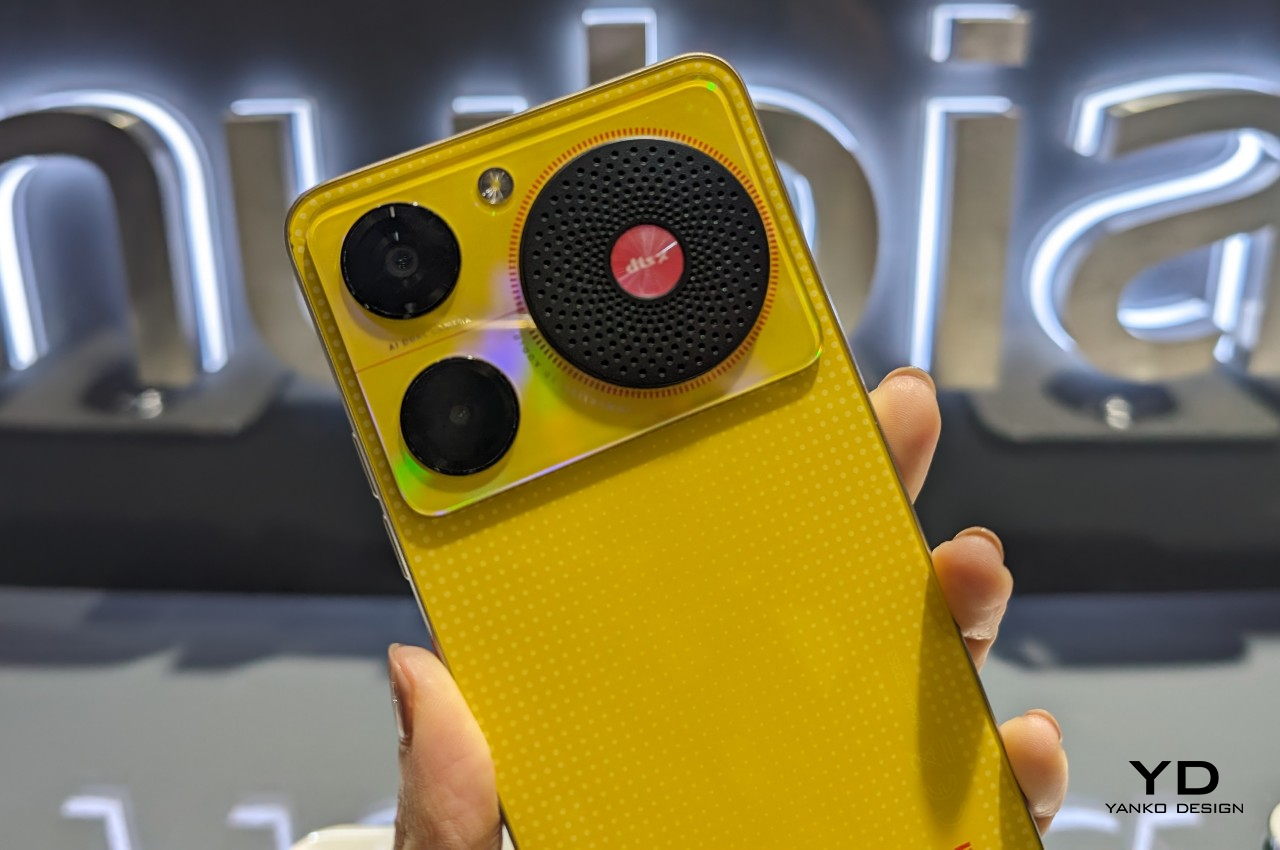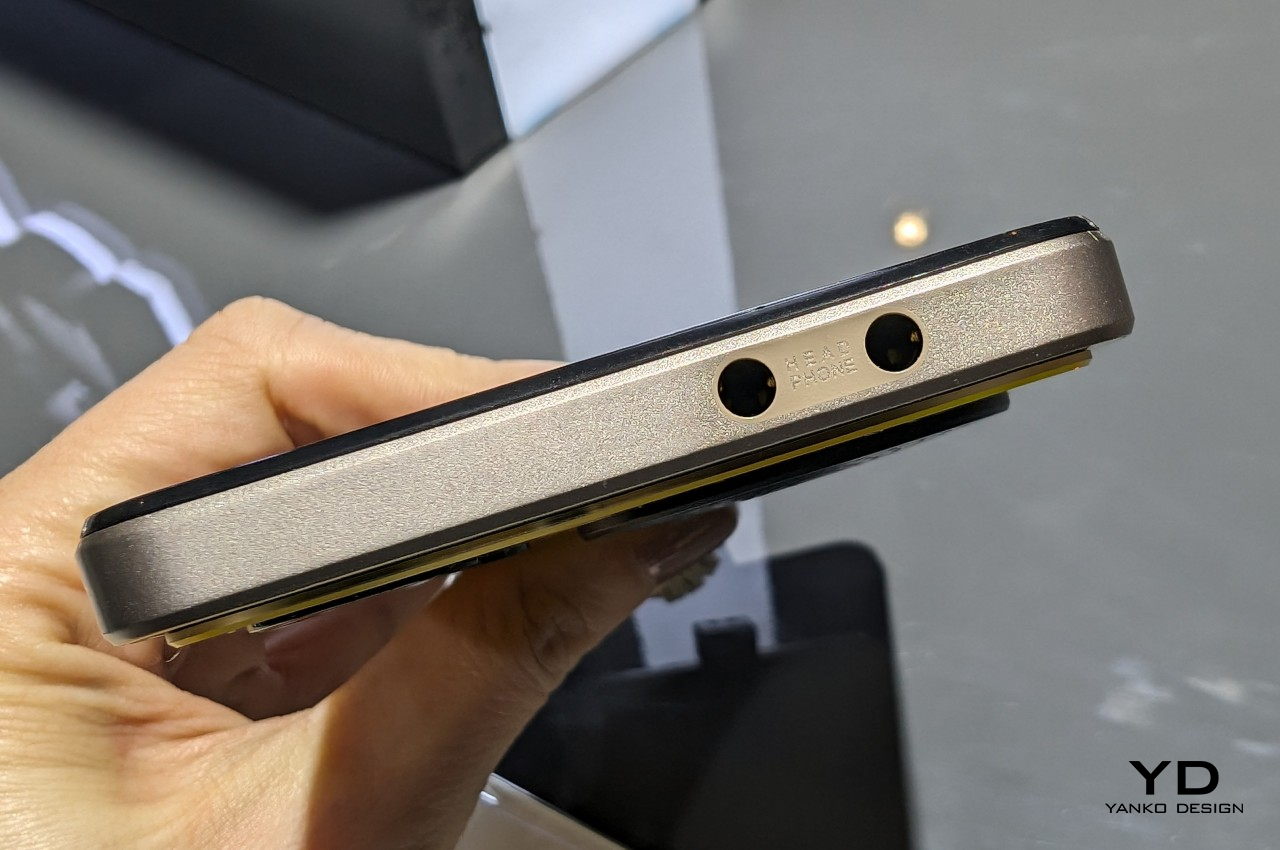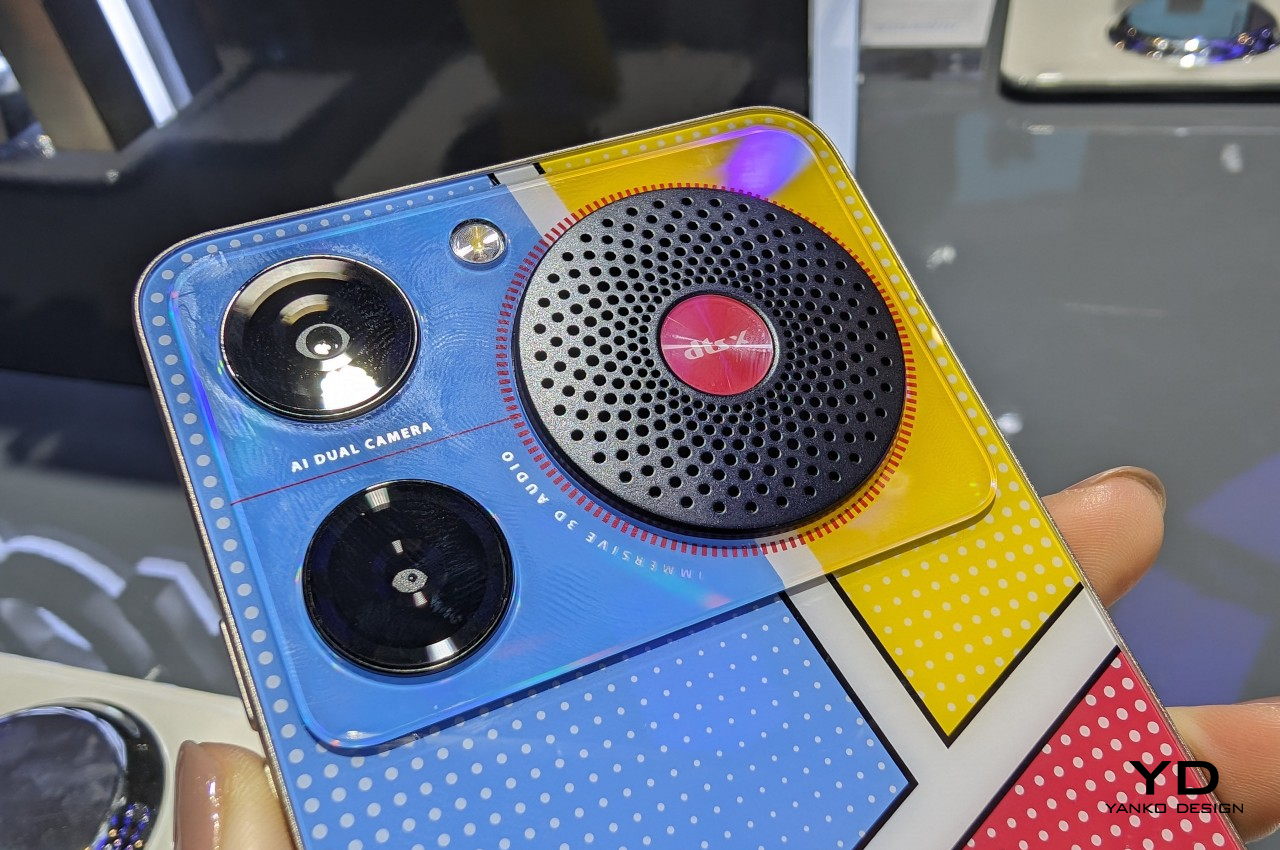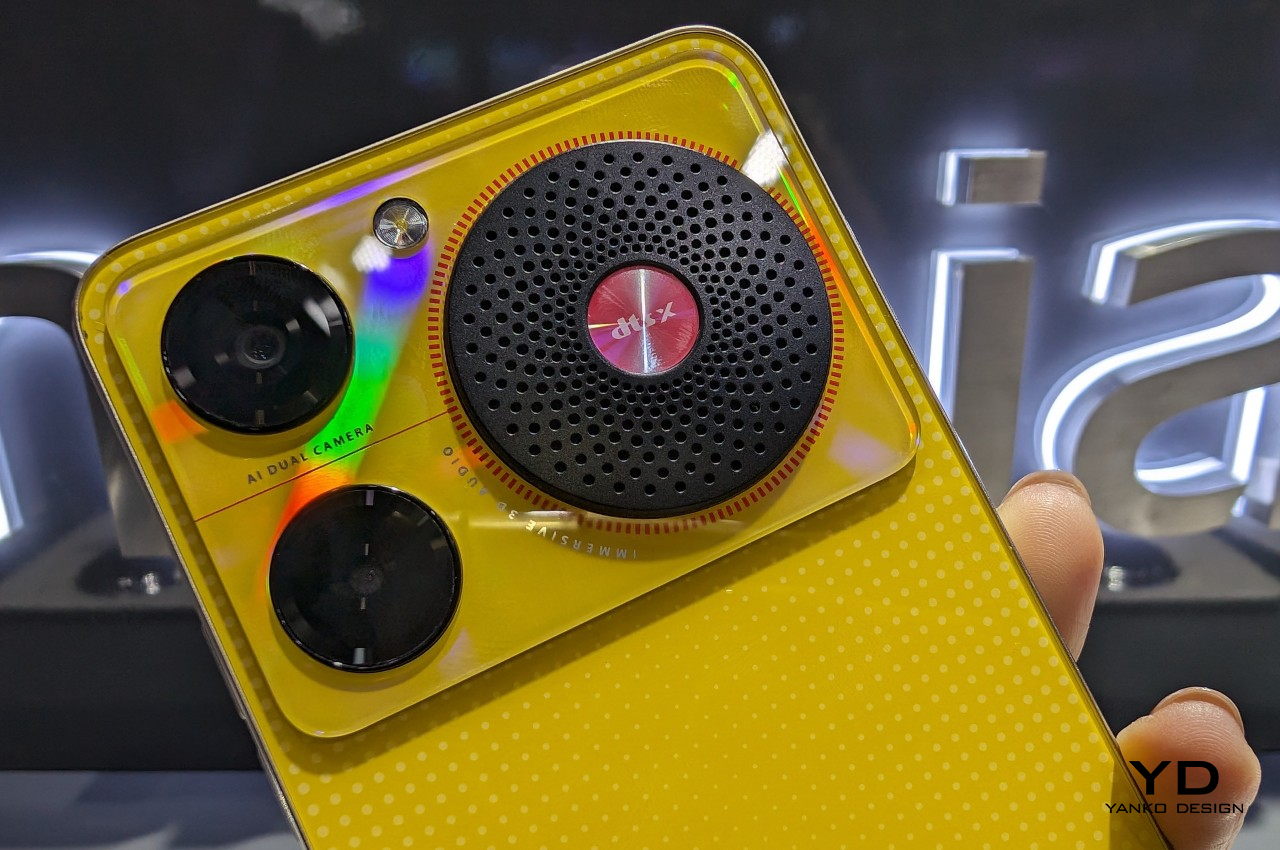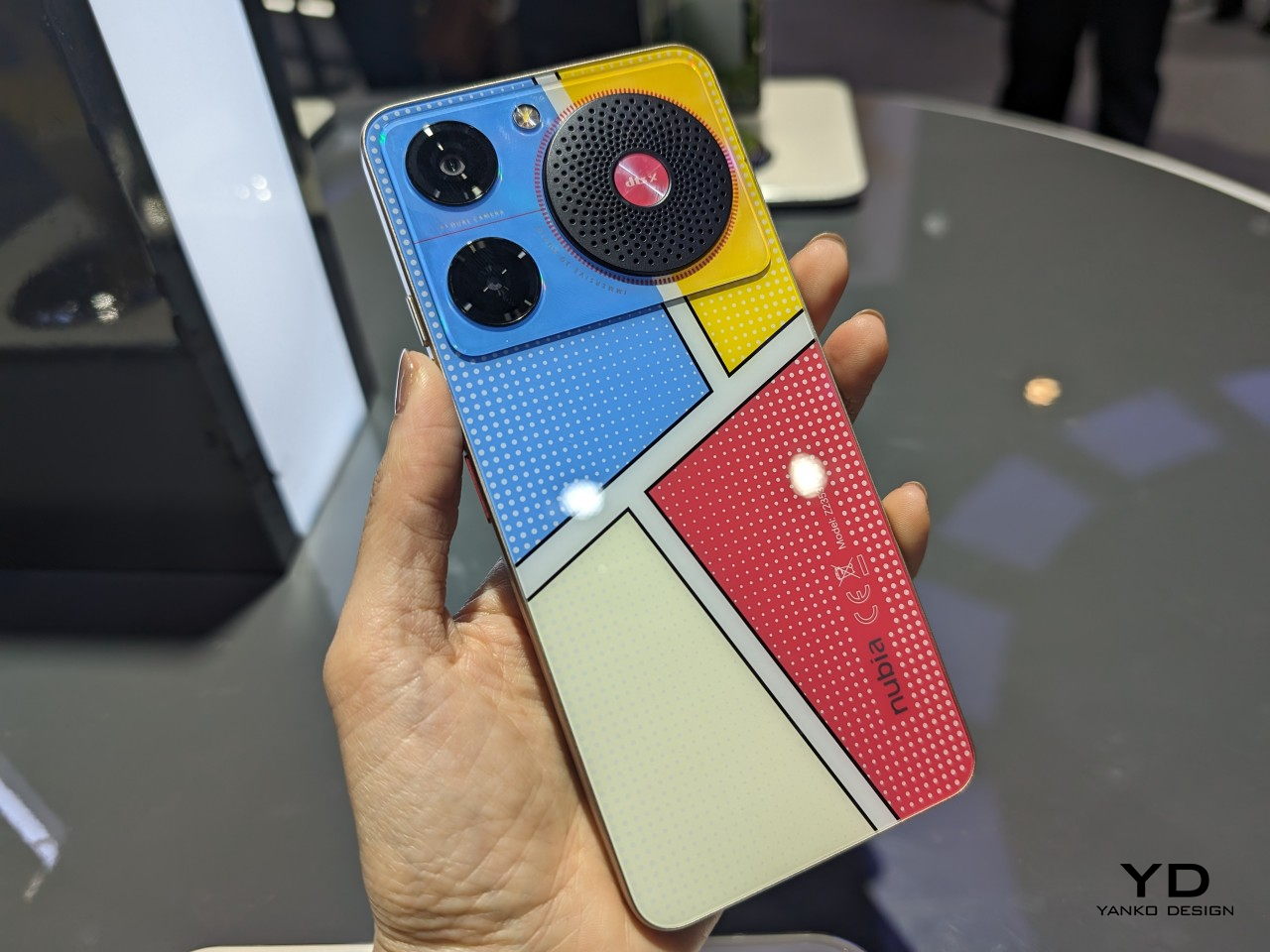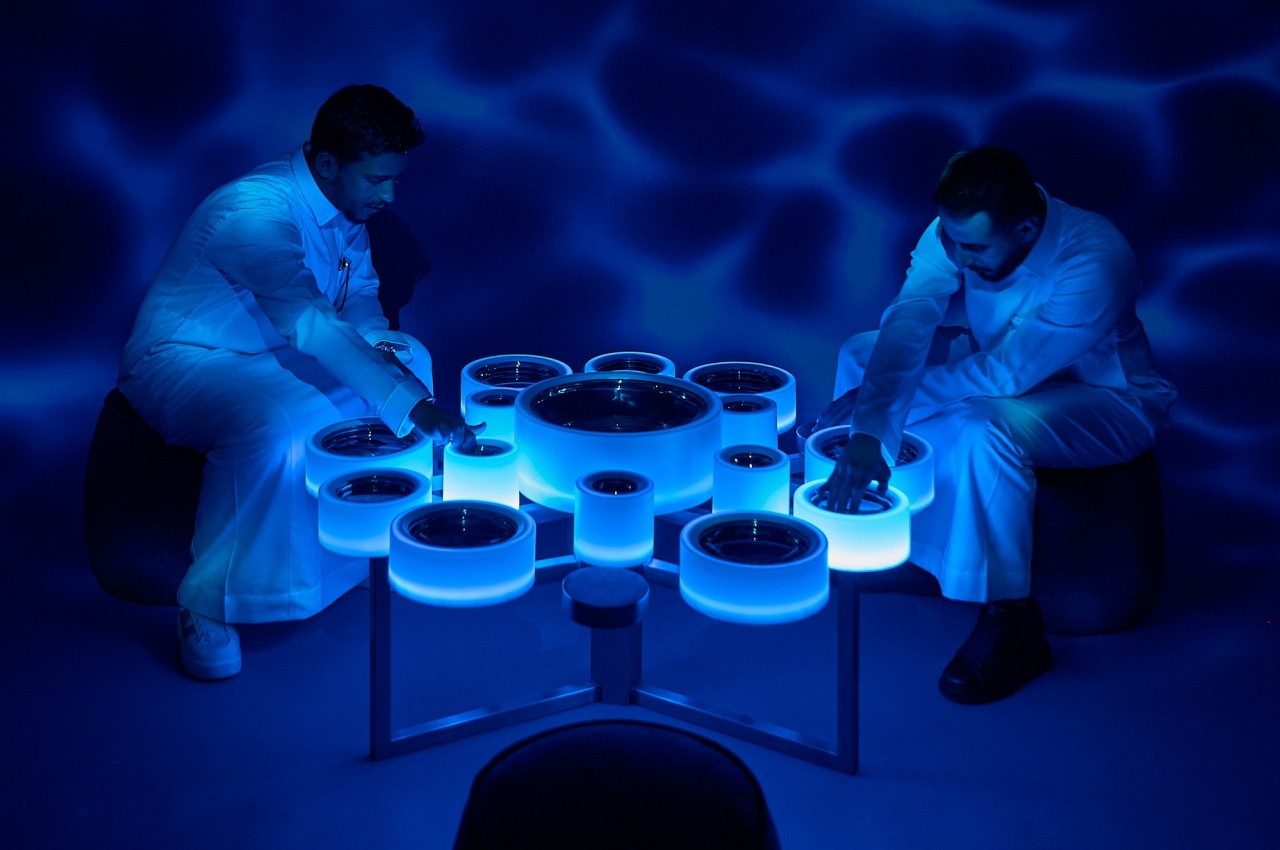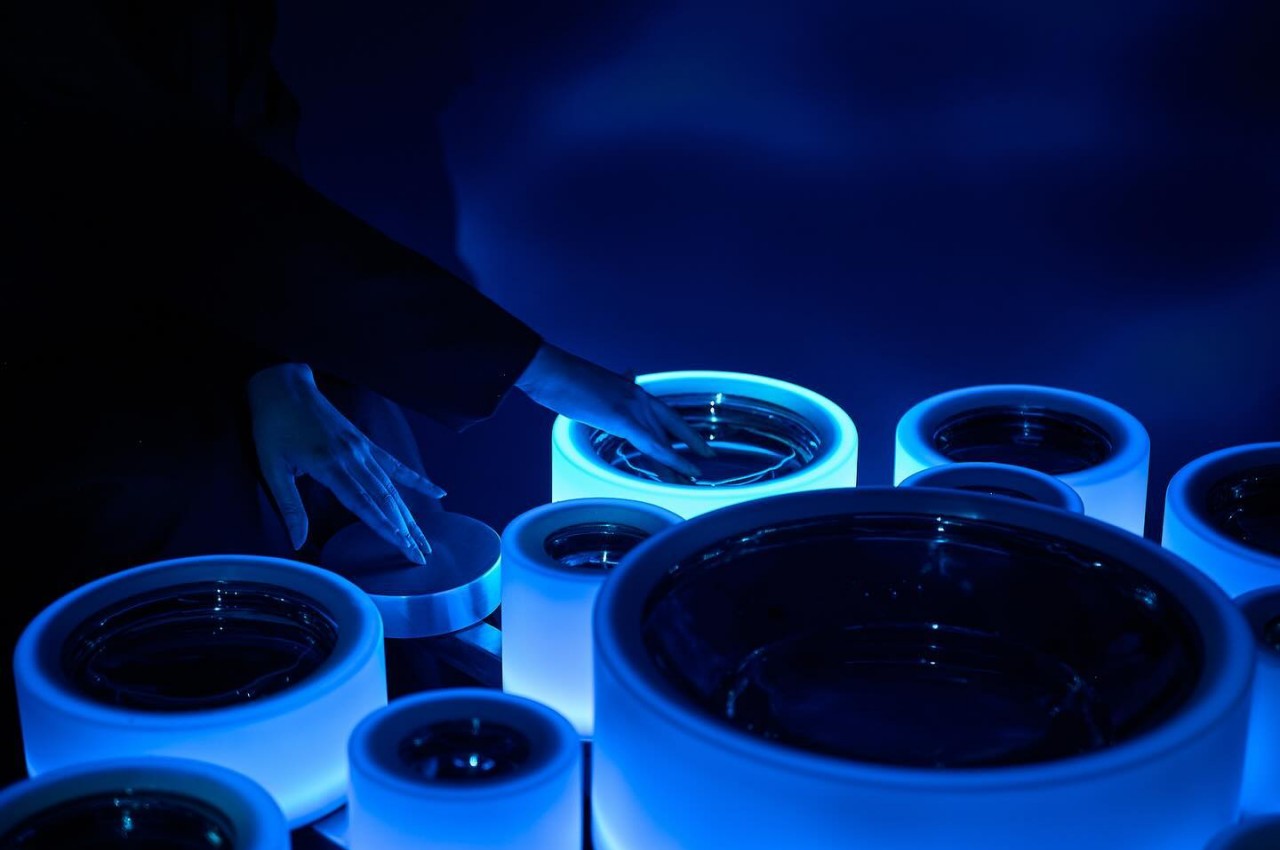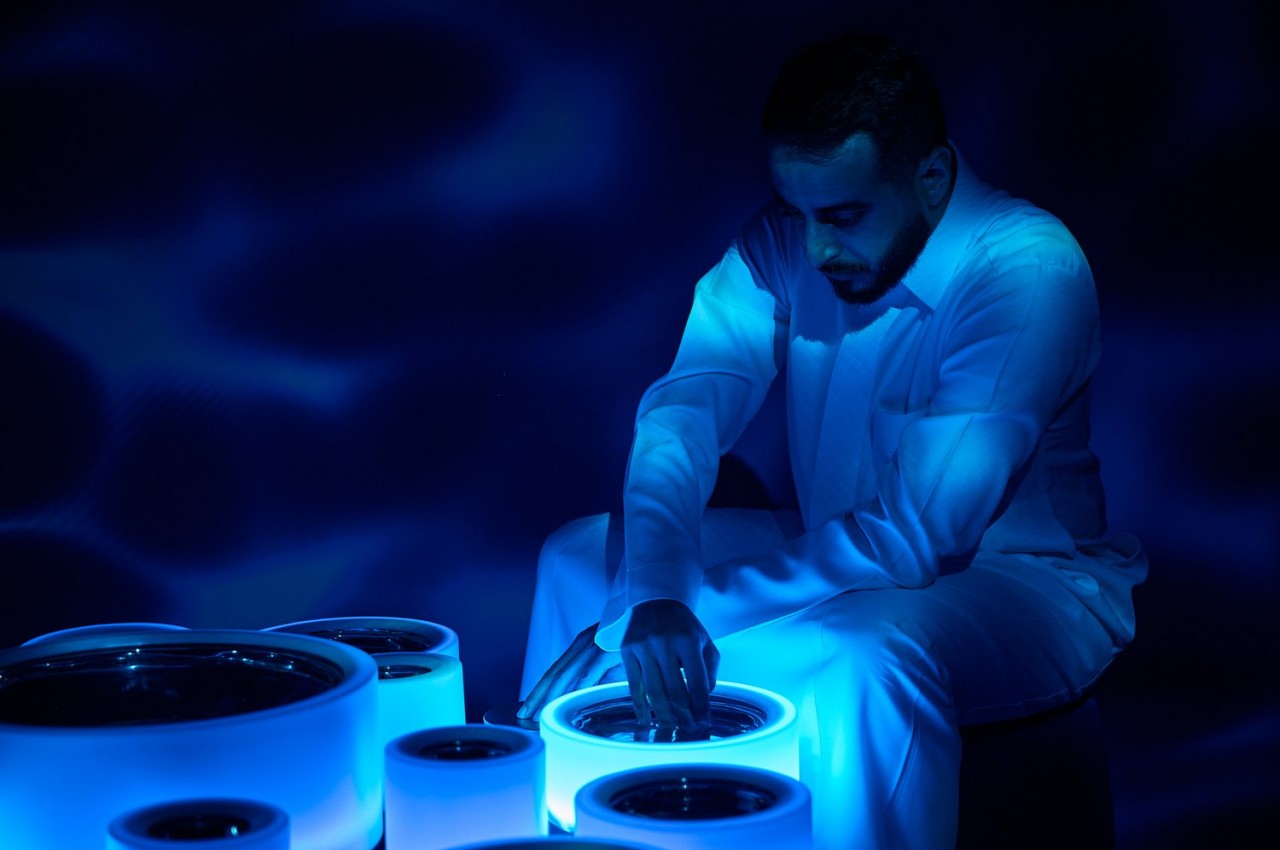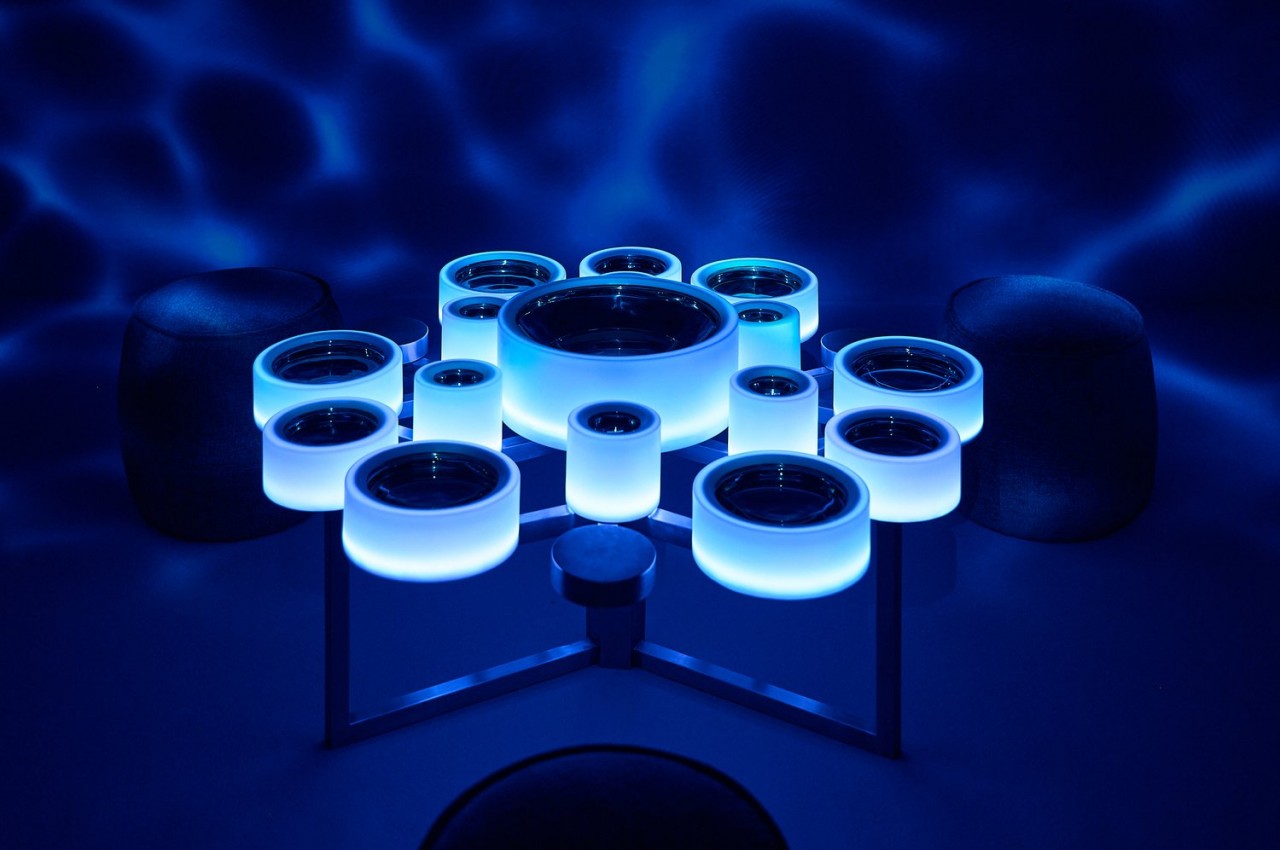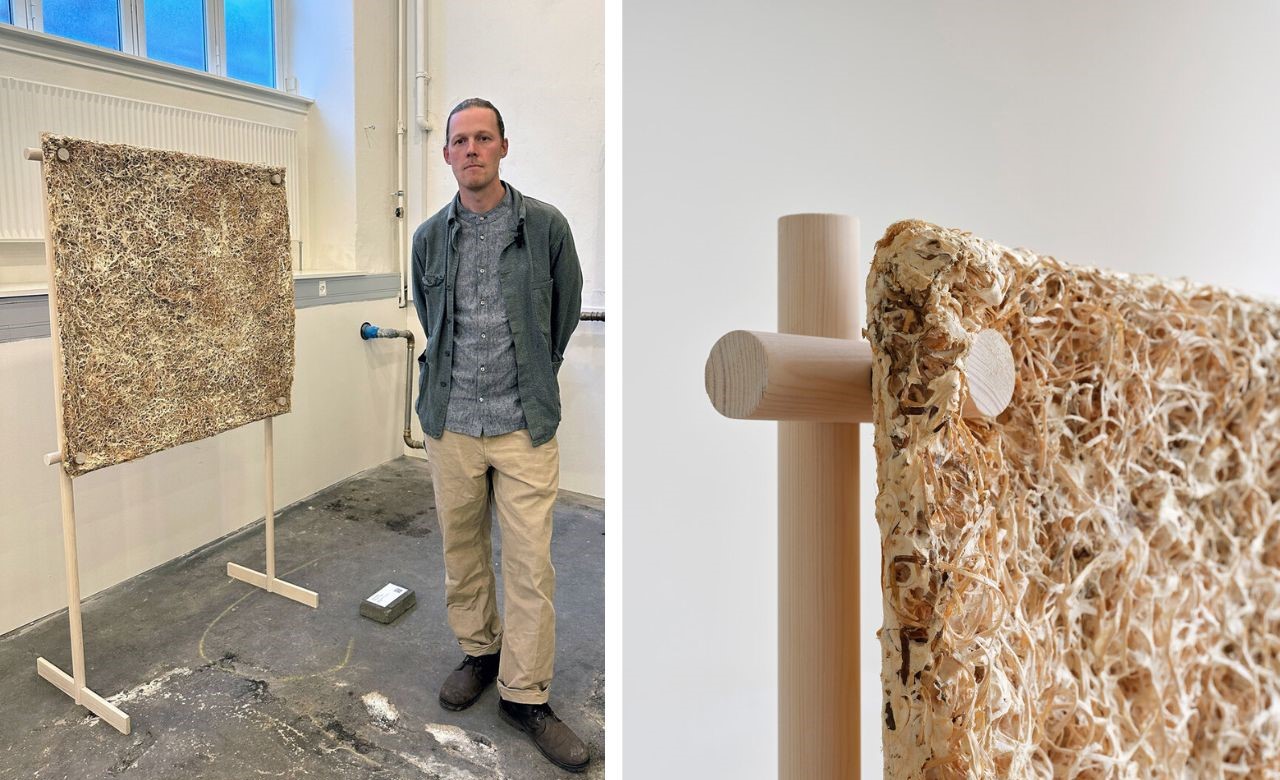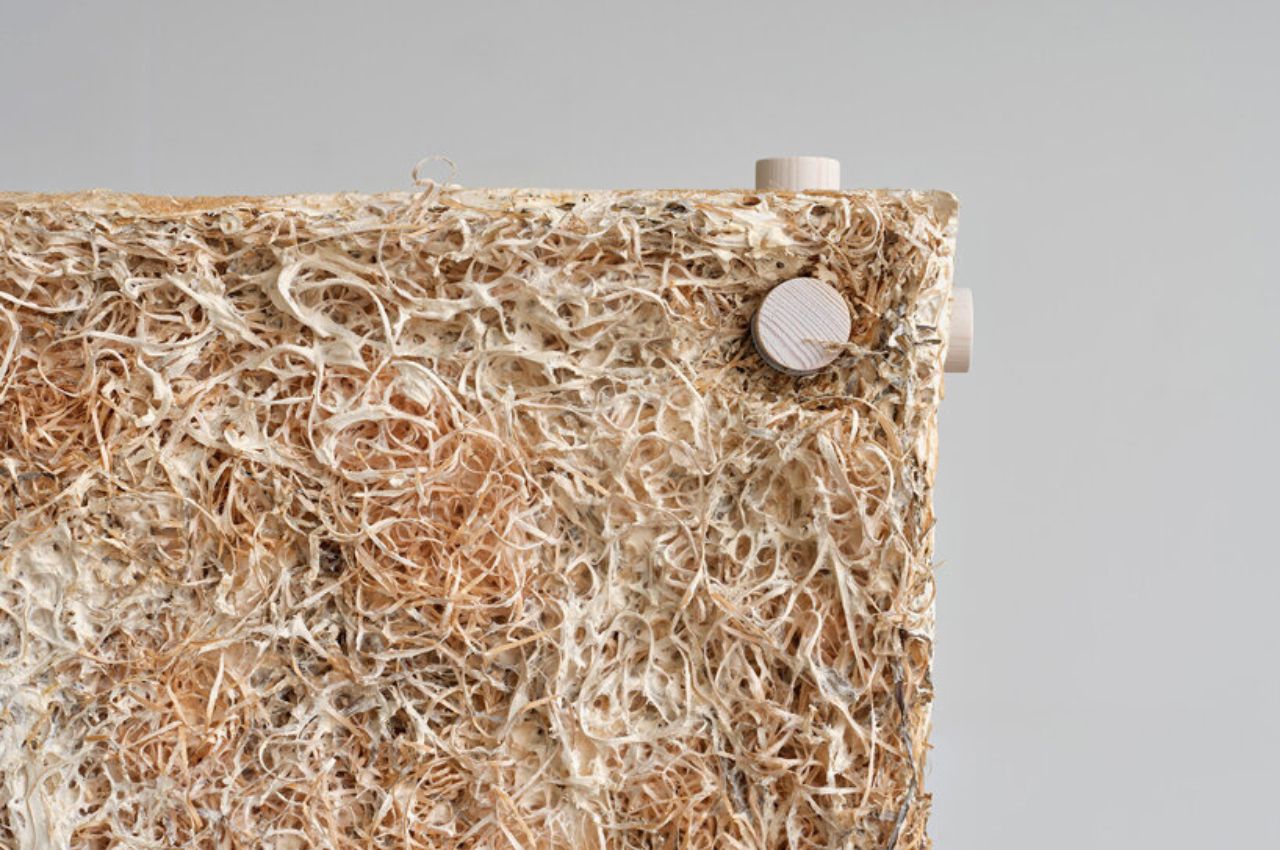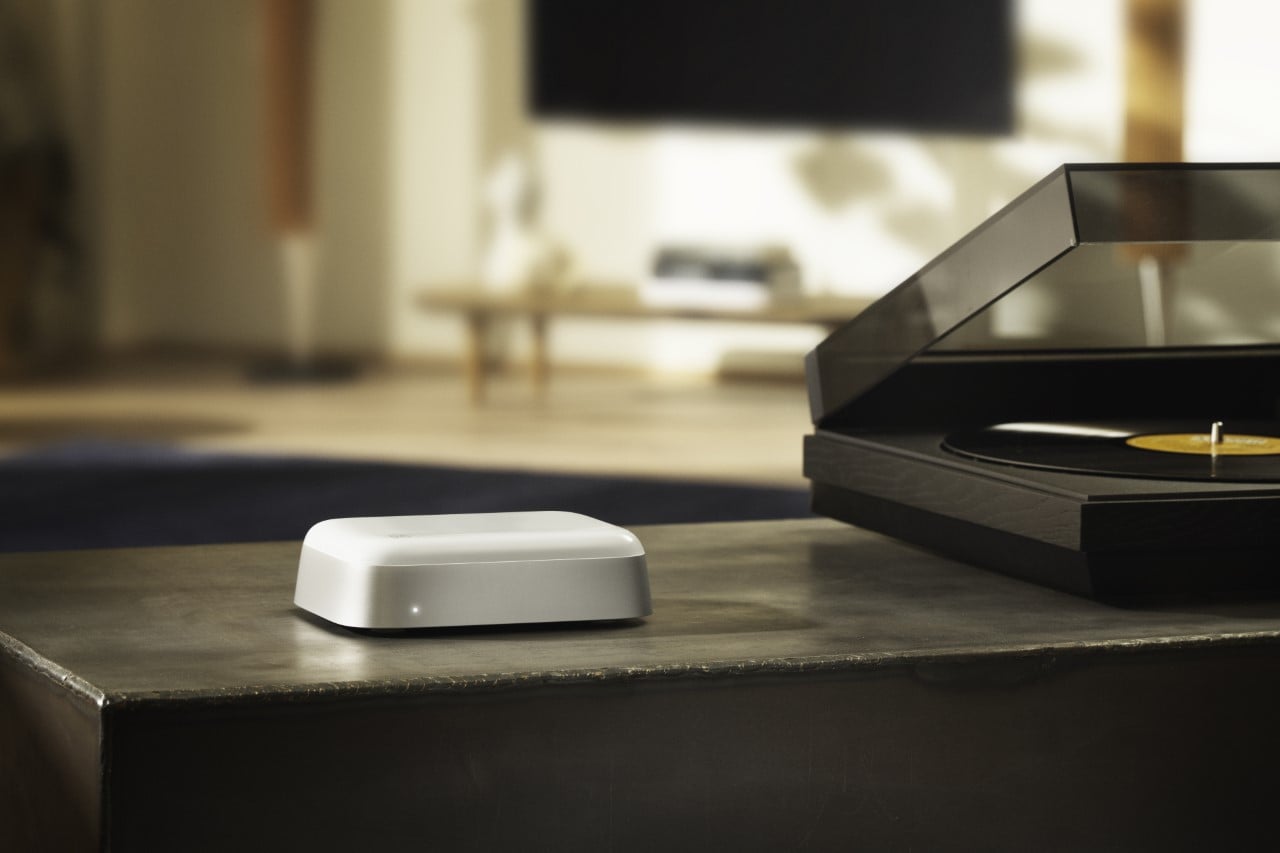
When companies mention the term “backward compatibility”, it seldom means revamping their products from 30 years ago… but Bang & Olufsen’s managed to pull off the unthinkable. You see, people who own B&O sound-systems do so because they’re passionate about audio quality – and if there’s one thing all audiophiles will agree to, it’s that analog sound systems from the years gone by are still the gold-standard in sound quality. The only problem is that they aren’t designed to be wireless. Not that any audiophile would dream about listening to Spotify on their state-of-the-art sound system, but there’s admittedly a certain convenience to being able to play any song directly from your phone on wireless speakers. Announced just this month, Bang & Olufsen’s latest device lets you do just that. The Beoconnect Core, priced at £999 ($1150 USD), is an intermediary wireless hub that turns all of B&O’s older speakers wireless, connecting the rich, auditory legacy of Bang & Olufsen with the convenience of today’s streaming culture.
Designer: Bang & Olufsen
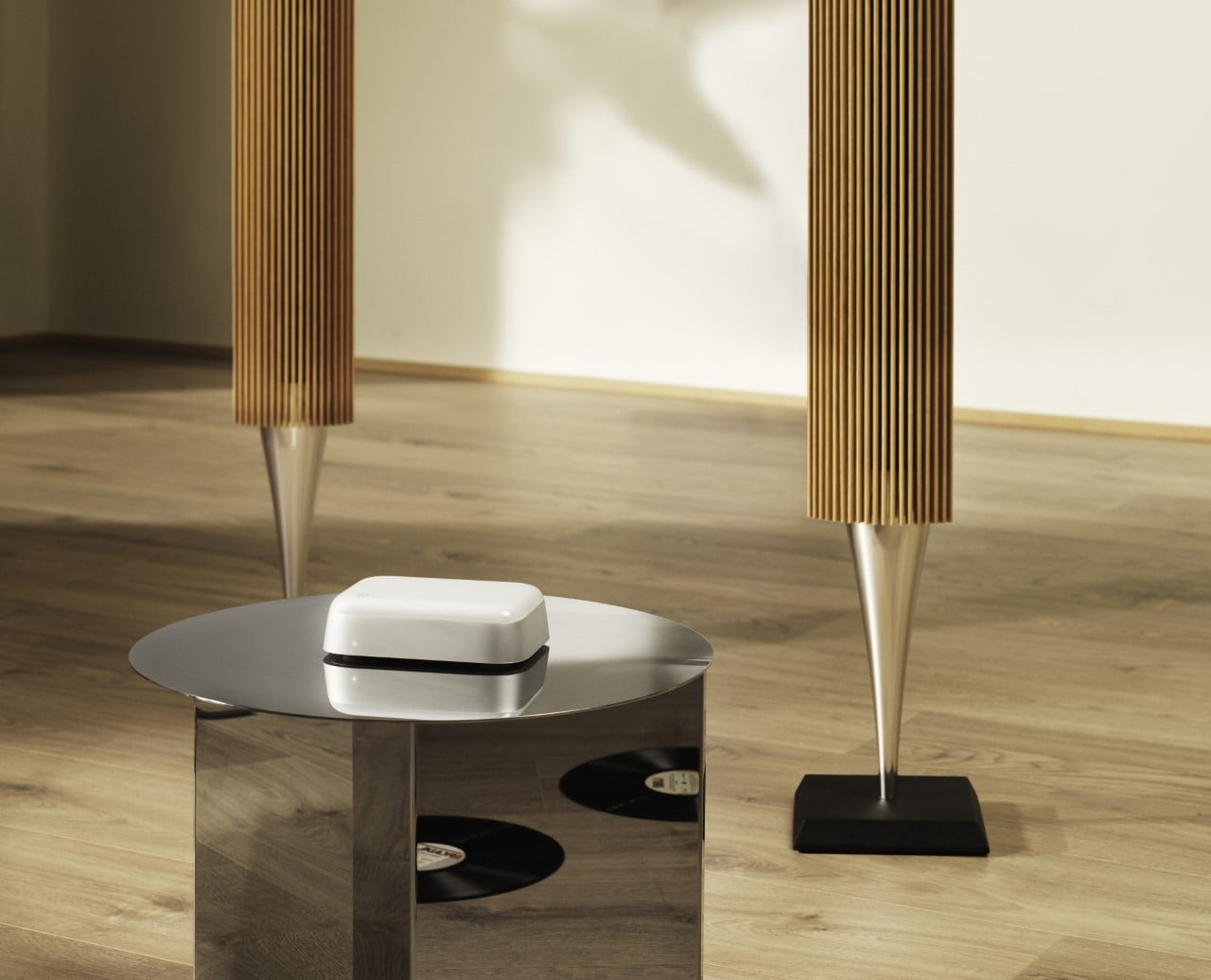
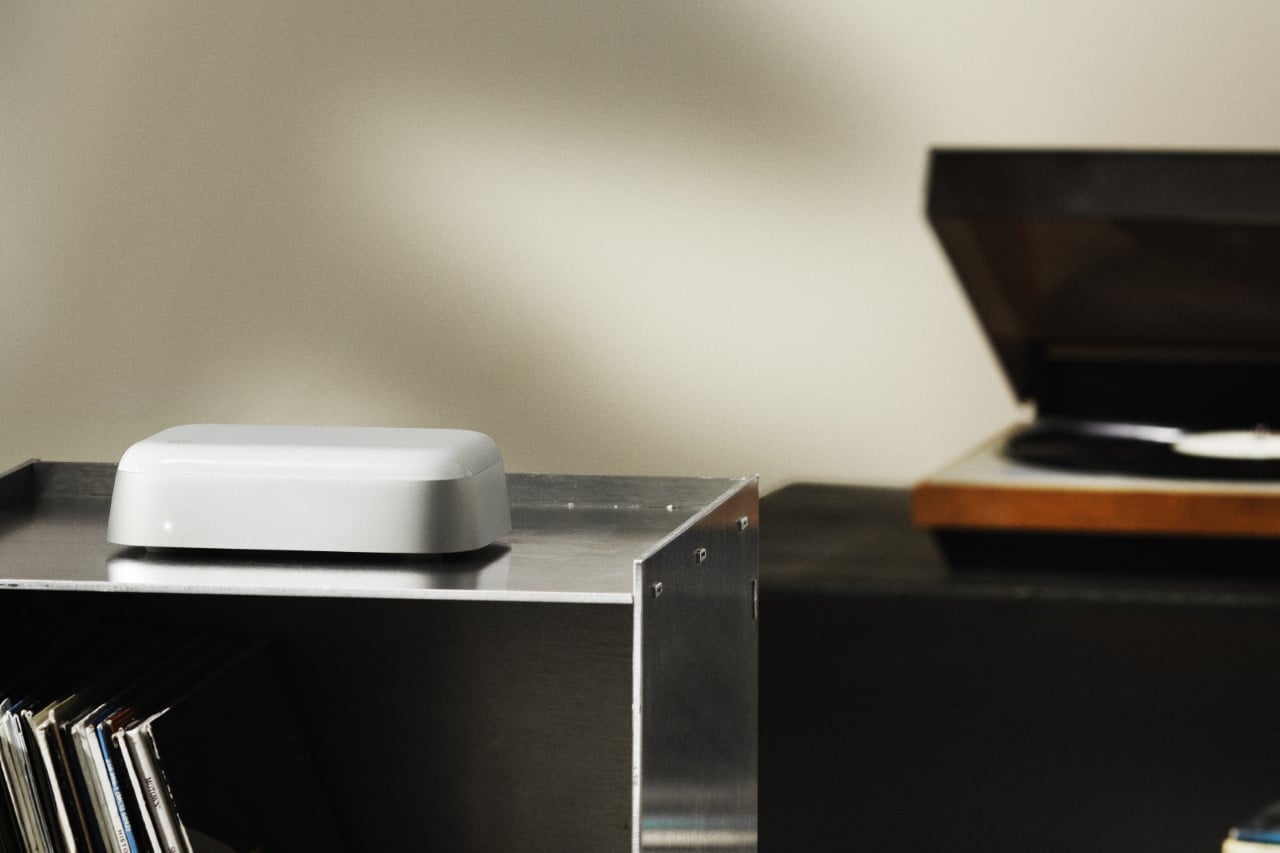
Not to be confused with the BeoSound Core from 5 years ago, the Beoconnect Core is B&O’s latest accessory designed to be infinitely backward compatible with the company’s entire speaker catalog. The Beoconnect Core transforms legacy speakers, some dating back more than 30 years, into modern wireless systems capable of streaming music from any app, connecting to turntables, or even enhancing TV audio for a cinematic experience. This device is a celebration of the brand’s heritage, ensuring that the beloved sound systems can continue to create memorable moments in the digital age.
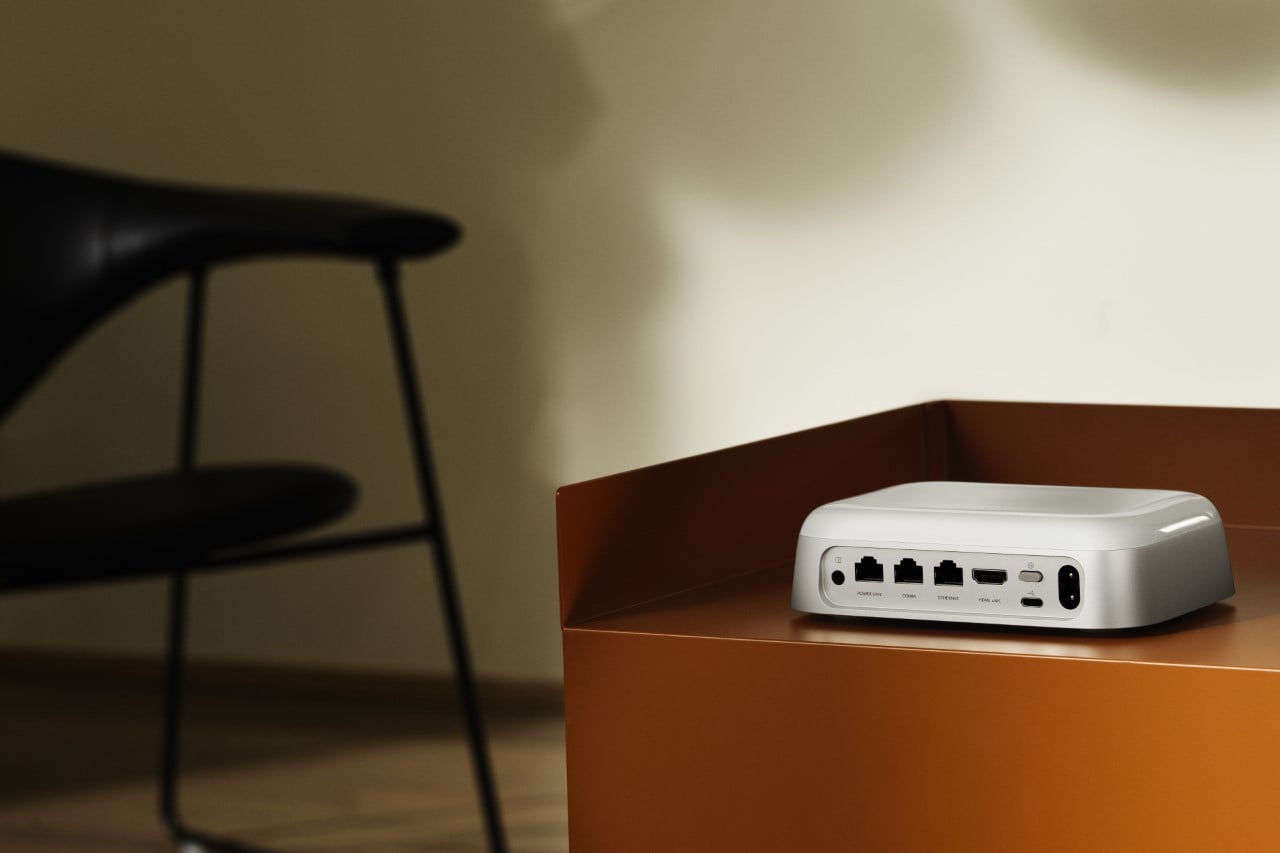
“Our aim is to build product icons that can last a lifetime, and Beoconnect Core is an important addition to our product offering, that enables us to deliver on this longevity promise. Beoconnect Core connects our past with our future and comes with our replaceable Mozart streaming module that can easily be upgraded to the newest technology”, says Michael Henriksson, Vice President of Product Marketing at Bang & Olufsen. “This means that the products that our customers love can be used for years to come and continue to provide memorable moments”.
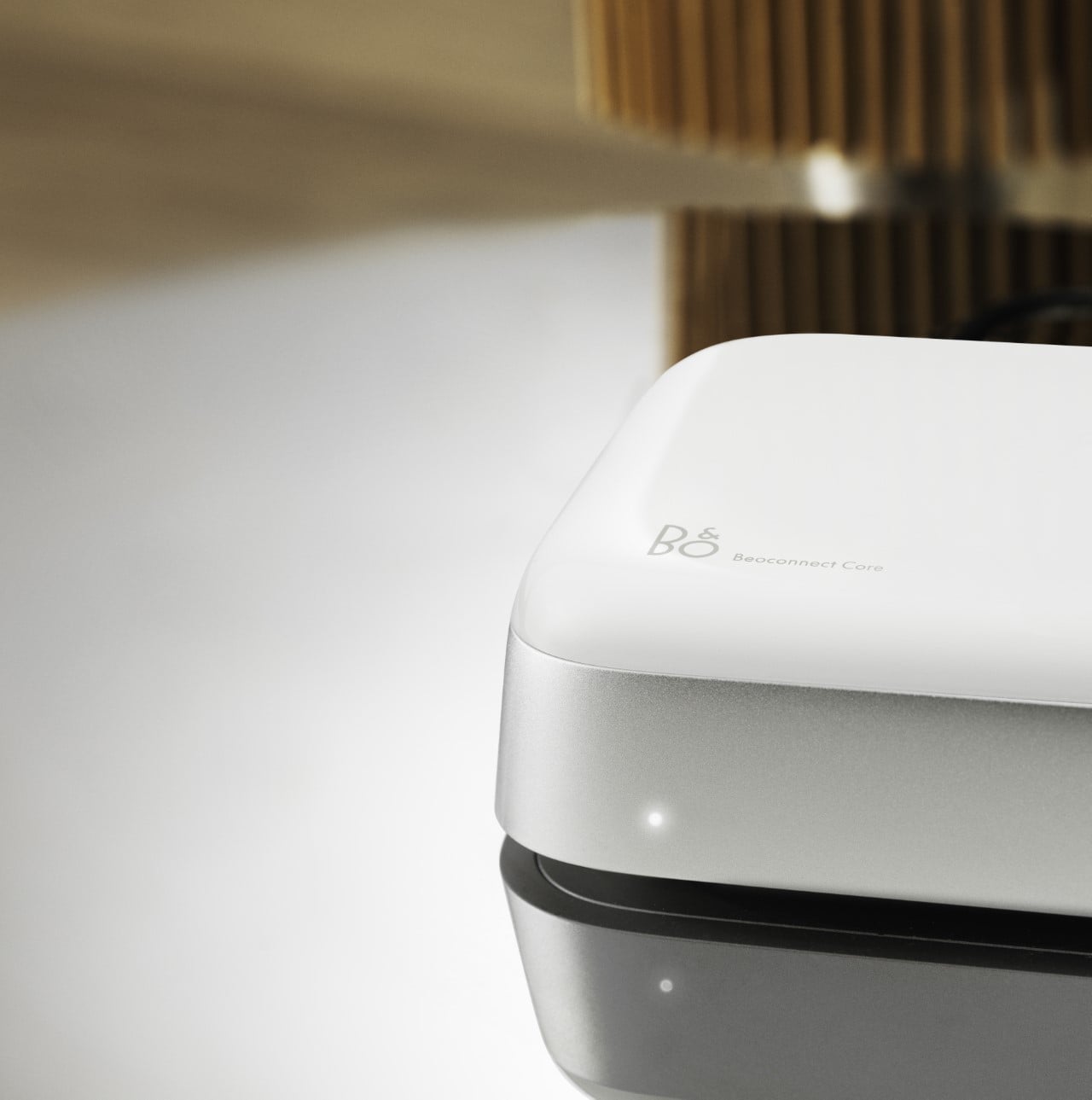
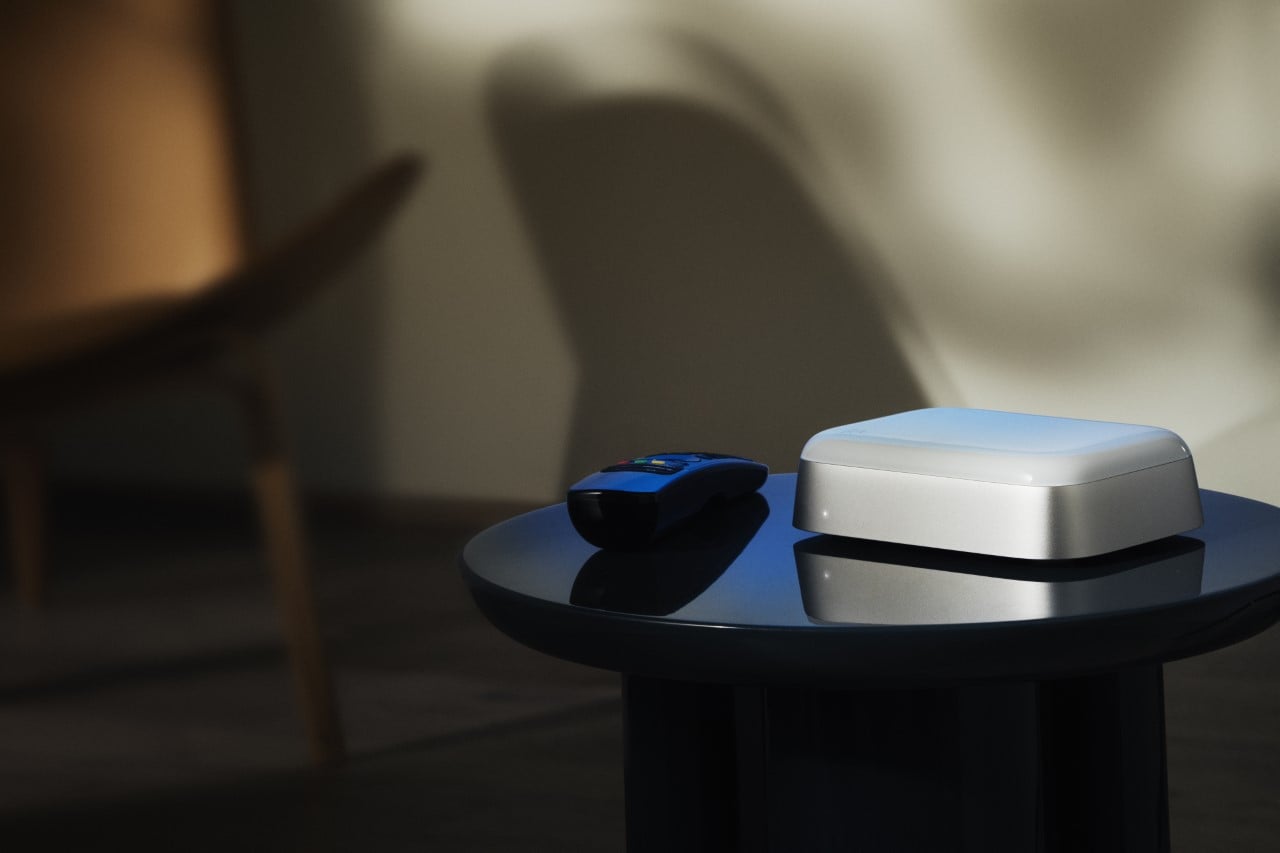
The Beoconnect Core’s understated design complements any room’s aesthetic. Its gently curved, pearl-blasted aluminum chassis is as stylish as it is functional, efficiently dissipating heat. The non-conductive cover ensures clear and uninterrupted antenna reception. For a truly integrated experience, the Core can be seamlessly docked into a BeoSound Shape tile using a custom-designed bracket. The Core’s design prioritizes easy upgradeability too. Its functionality is future-proofed by the replaceable Mozart streaming module, ensuring your system stays compatible with the latest streaming technologies. This commitment to longevity extends to the Cradle-to-Cradle design principles used in the Core’s construction, minimizing environmental impact and maximizing serviceability.
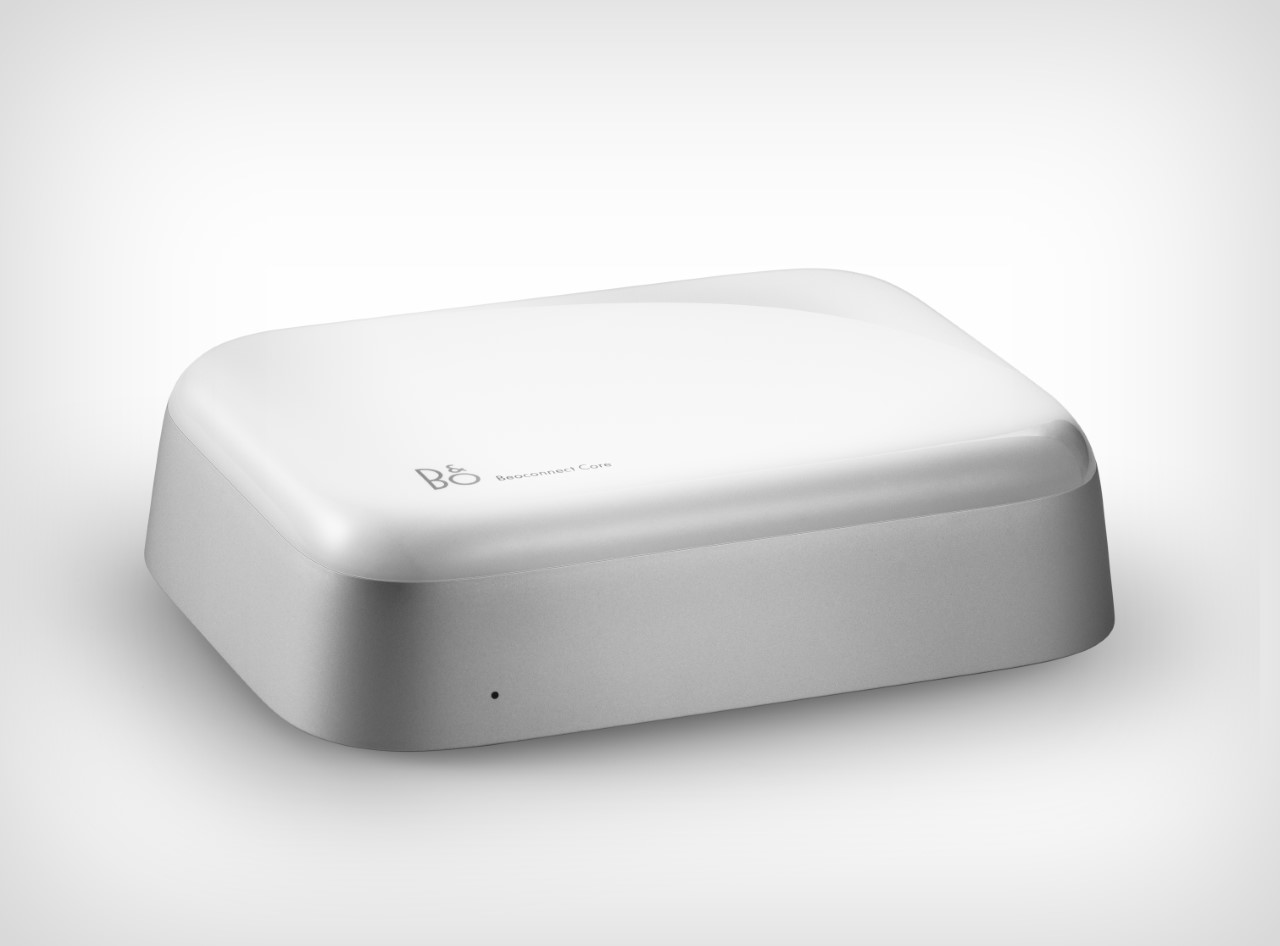
As far as compatibility goes, the Beoconnect Core offers a variety of options to integrate your B&O speakers seamlessly into your existing setup. Powerlink and USB connections ensure optimal performance with Beolab 50 and Beolab 90 speakers, while a line-in port allows for the connection of turntables and other audio sources. But the Core’s capabilities extend beyond pure audio. It features an HDMI eARC connection, enabling you to connect your B&O speakers to any TV and experience the immersive power of Bang & Olufsen sound with your favorite movies and shows. So if you’ve got yourself some B&O speakers from more than a decade ago (when wireless connectivity wasn’t really much of a priority for high-end audio companies), the $1150 Core is a worthwhile investment in future-proofing your sound system to be compatible with latest streaming apps while still retaining its ability to default back to the glorious analog playback whenever you want.
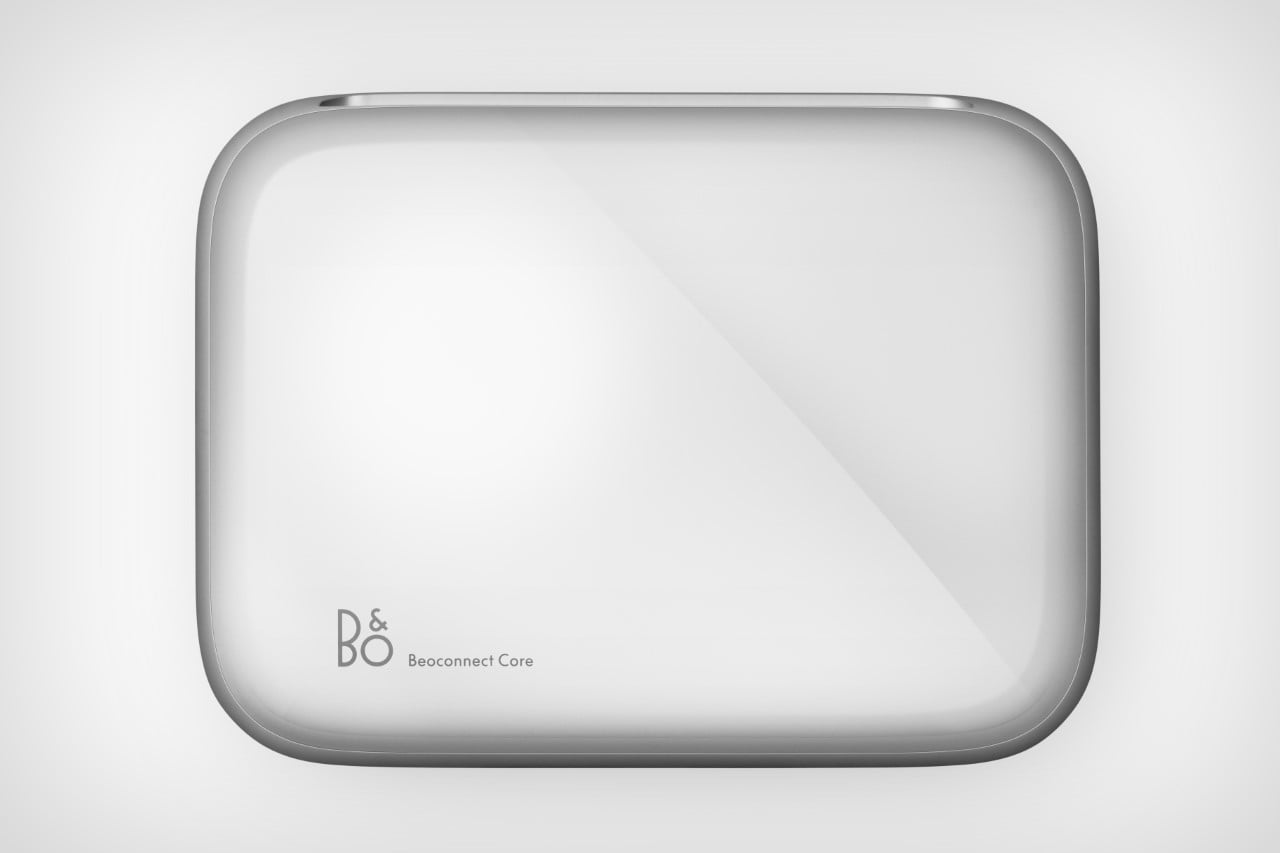
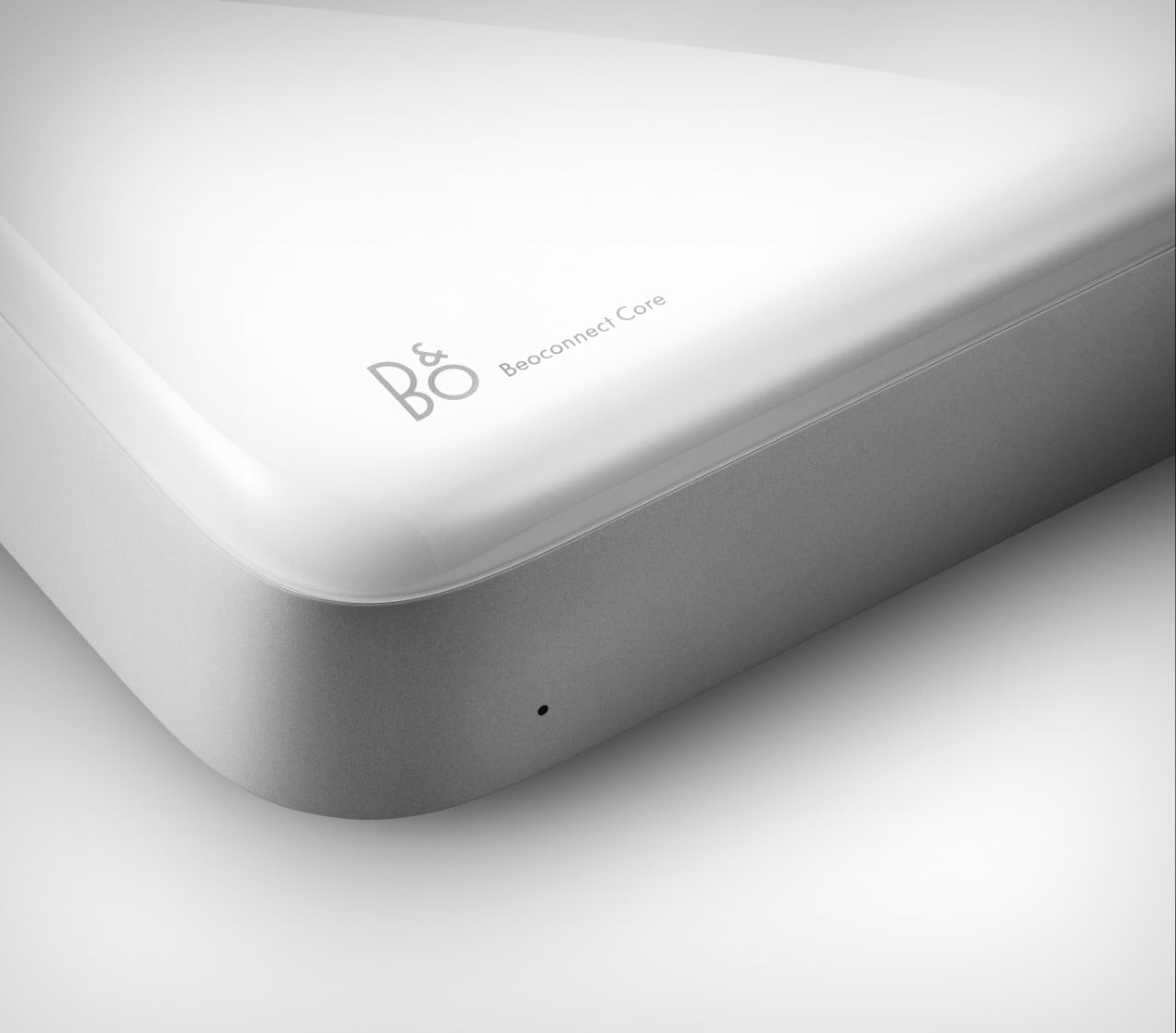
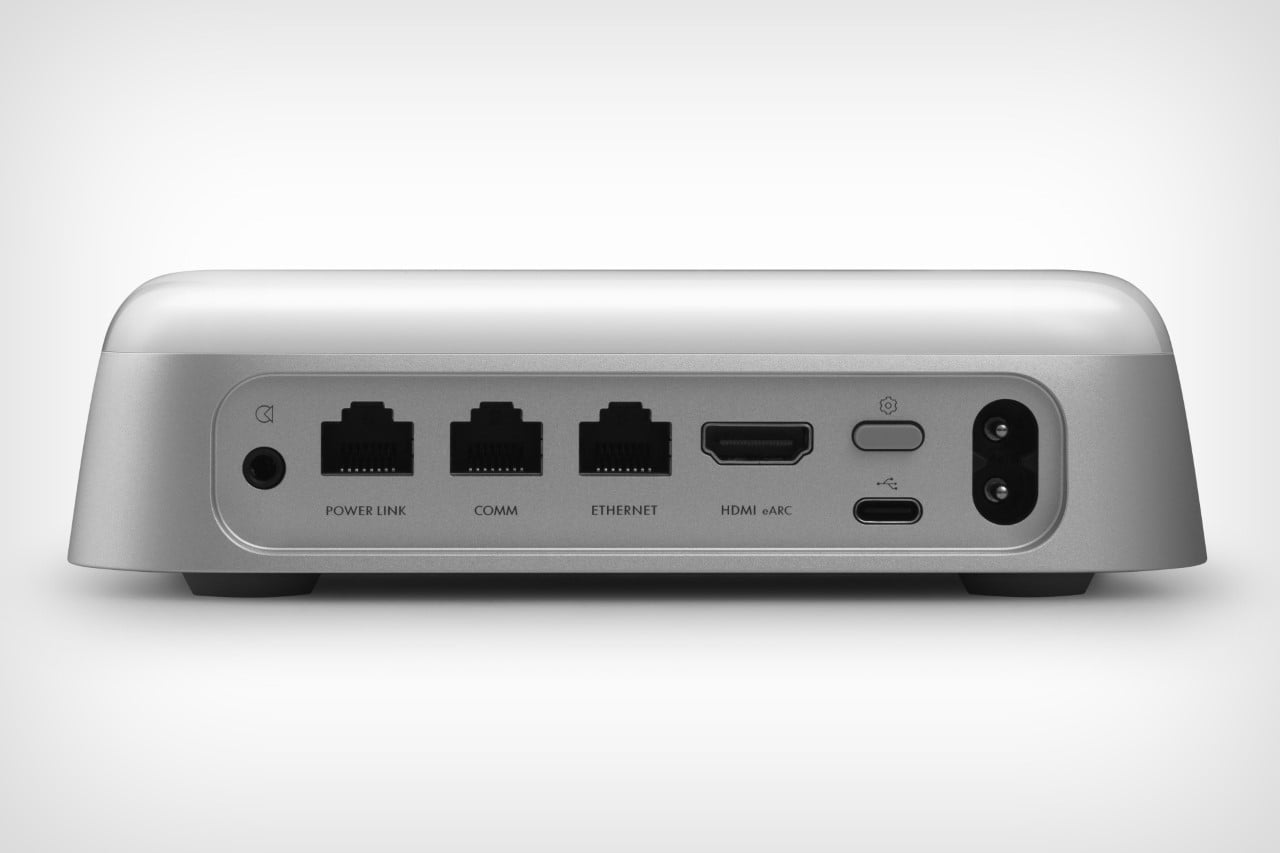
The post Bang & Olufsen’s wireless hub turns even their 30-year-old speakers into smart Bluetooth devices first appeared on Yanko Design.
